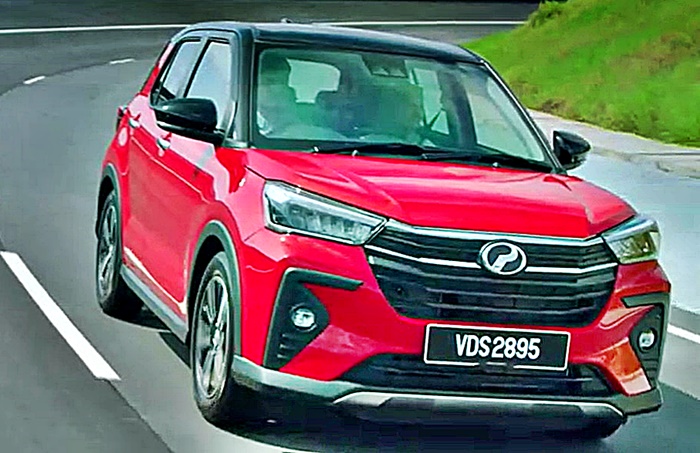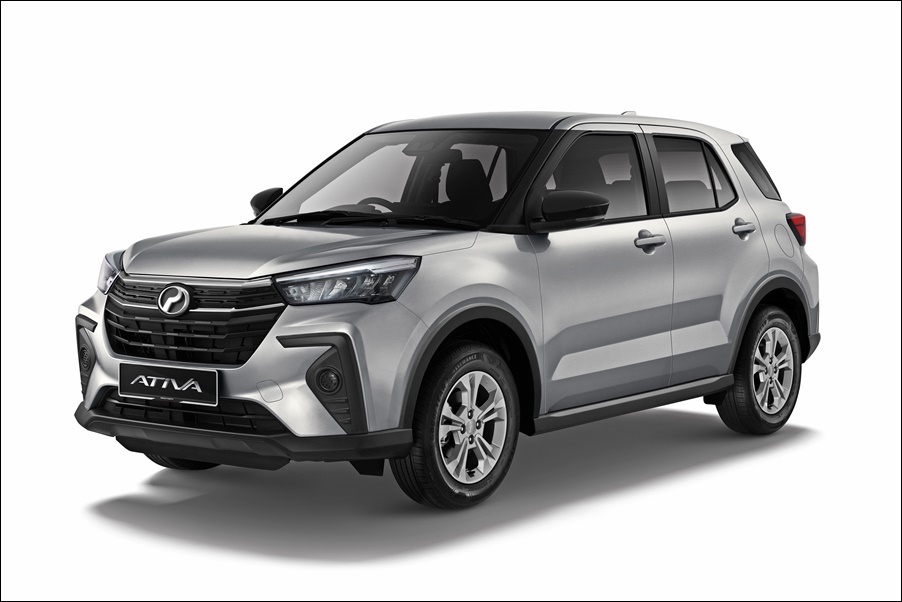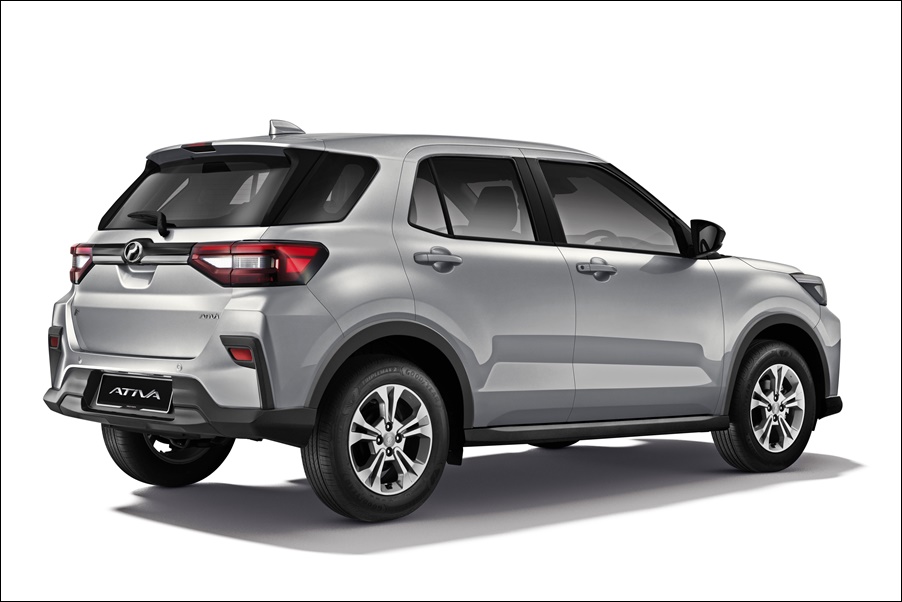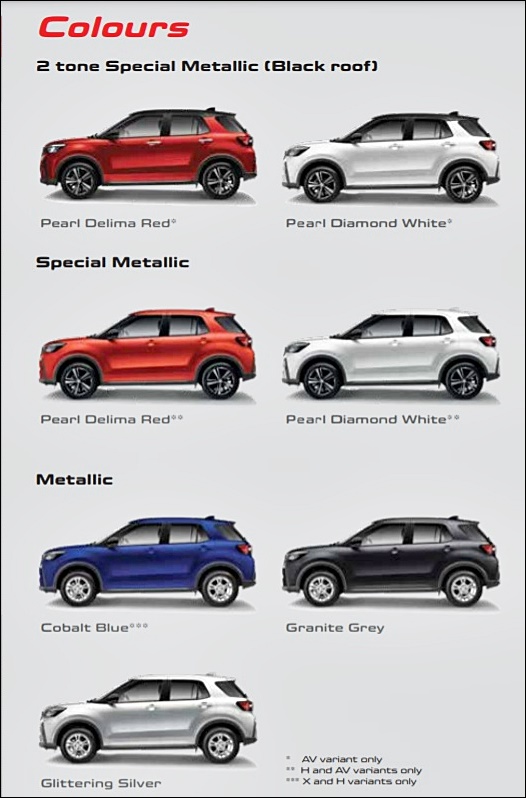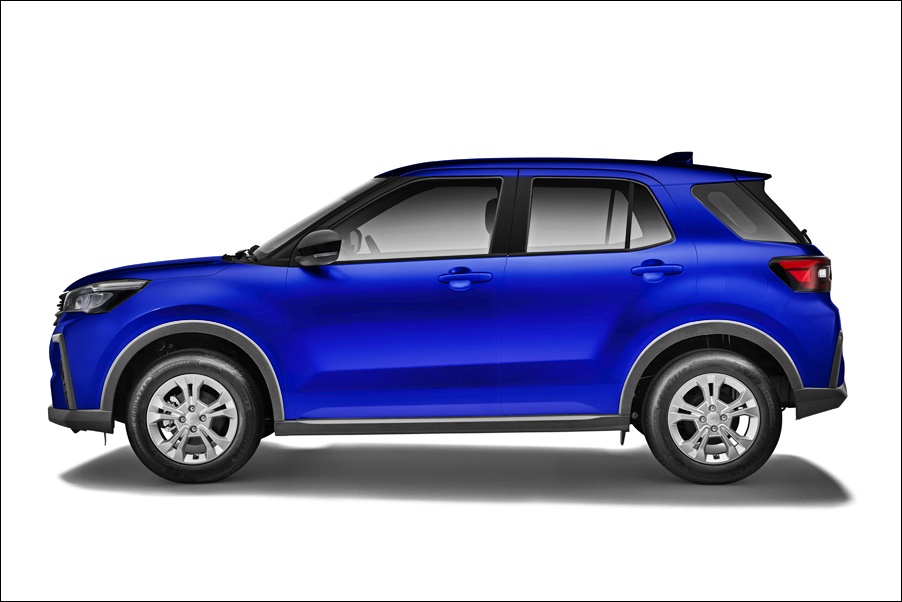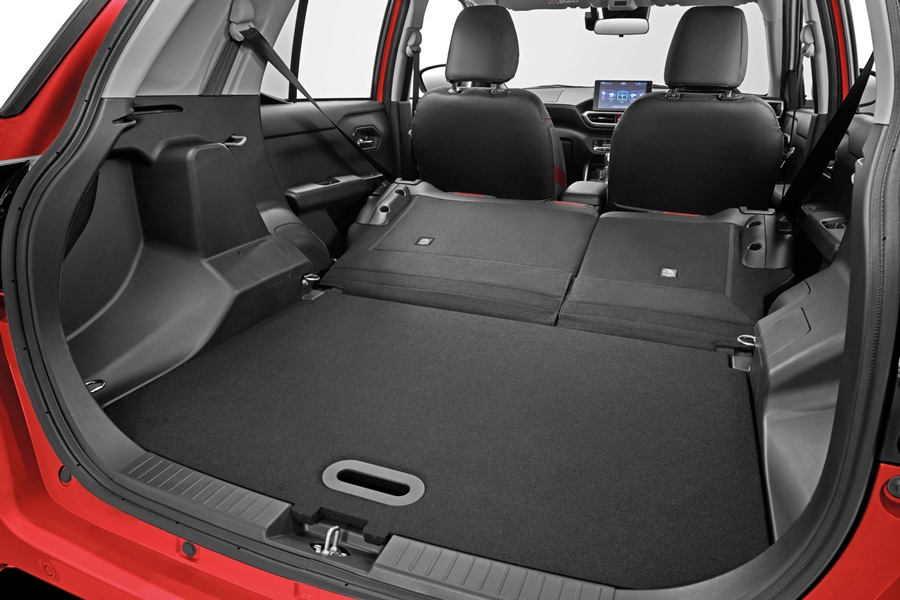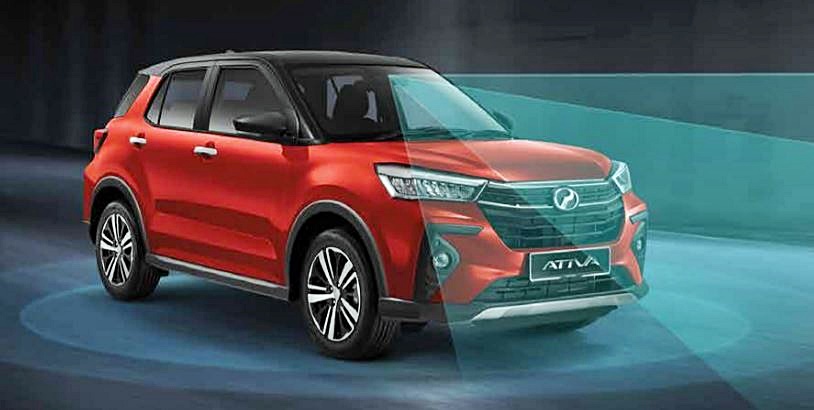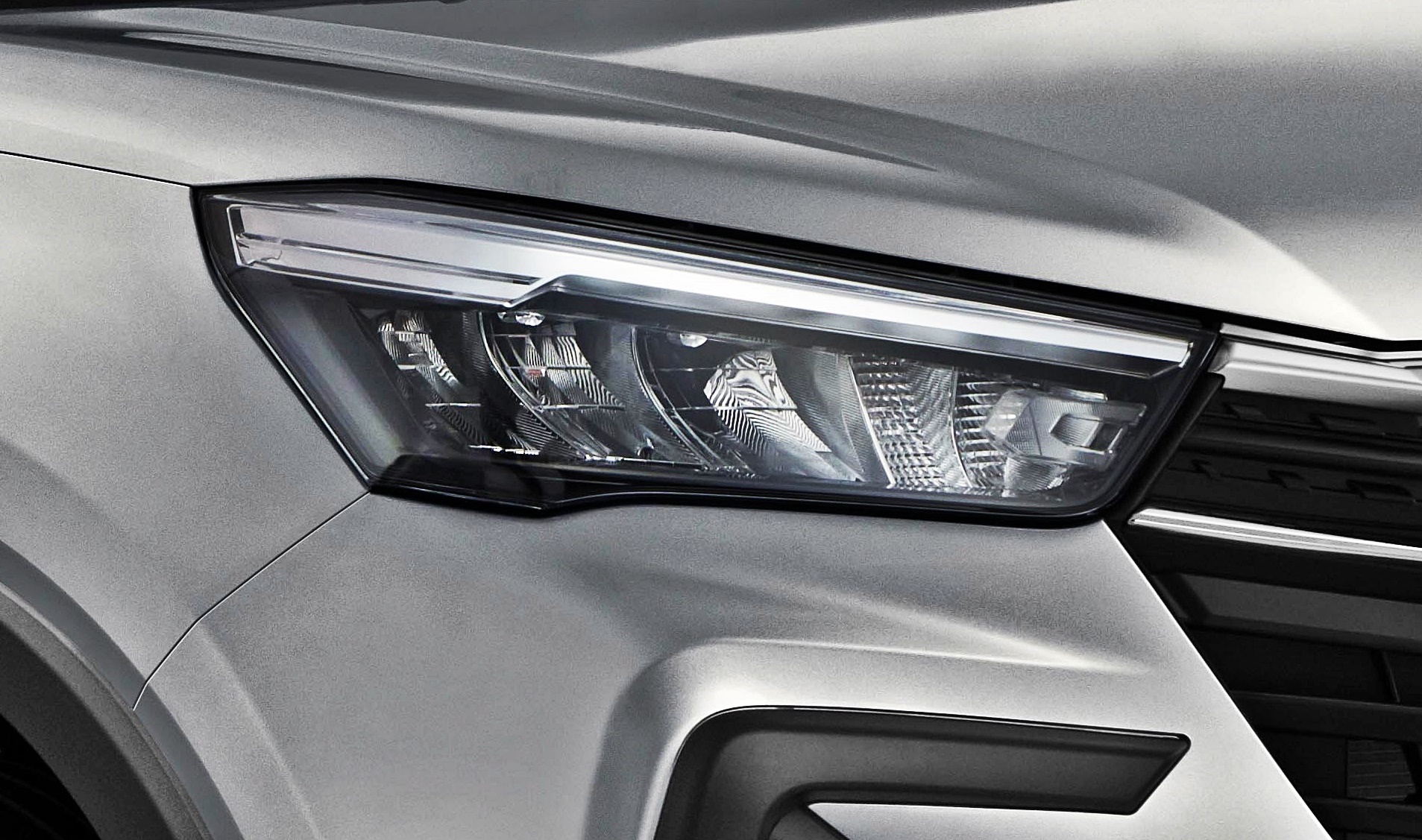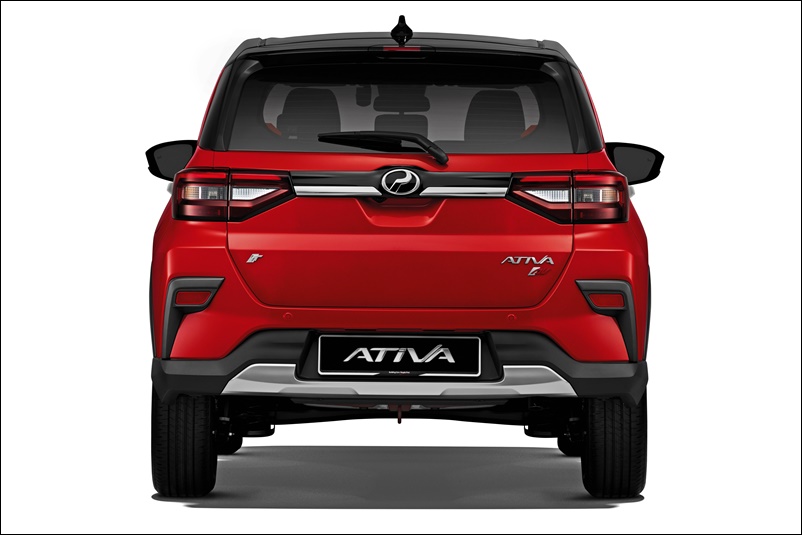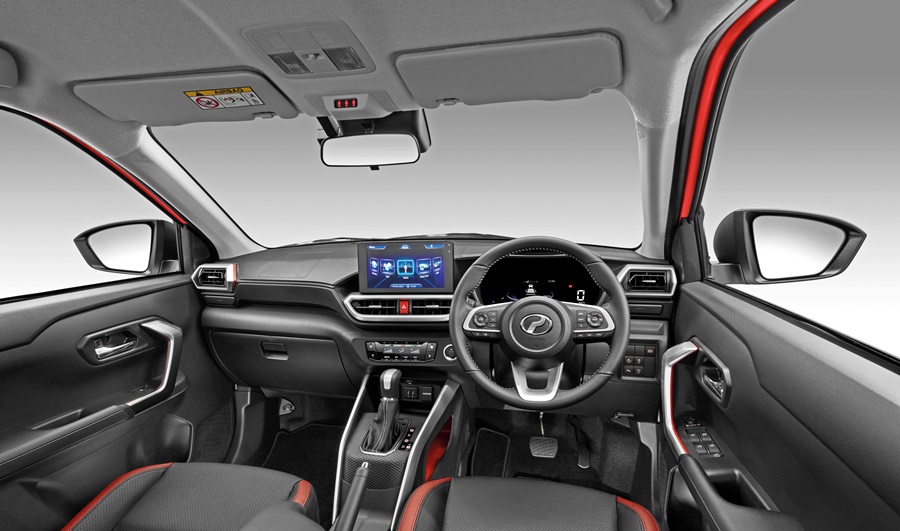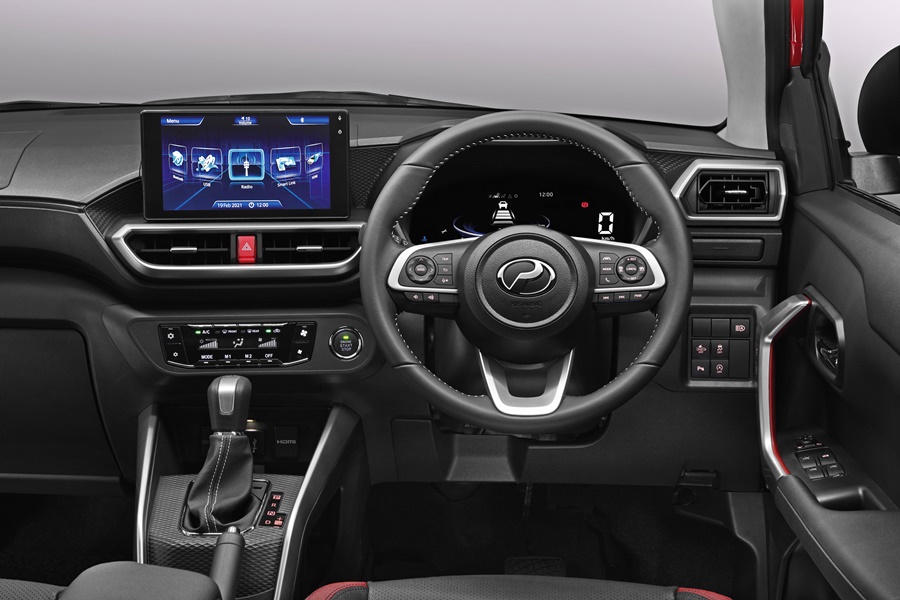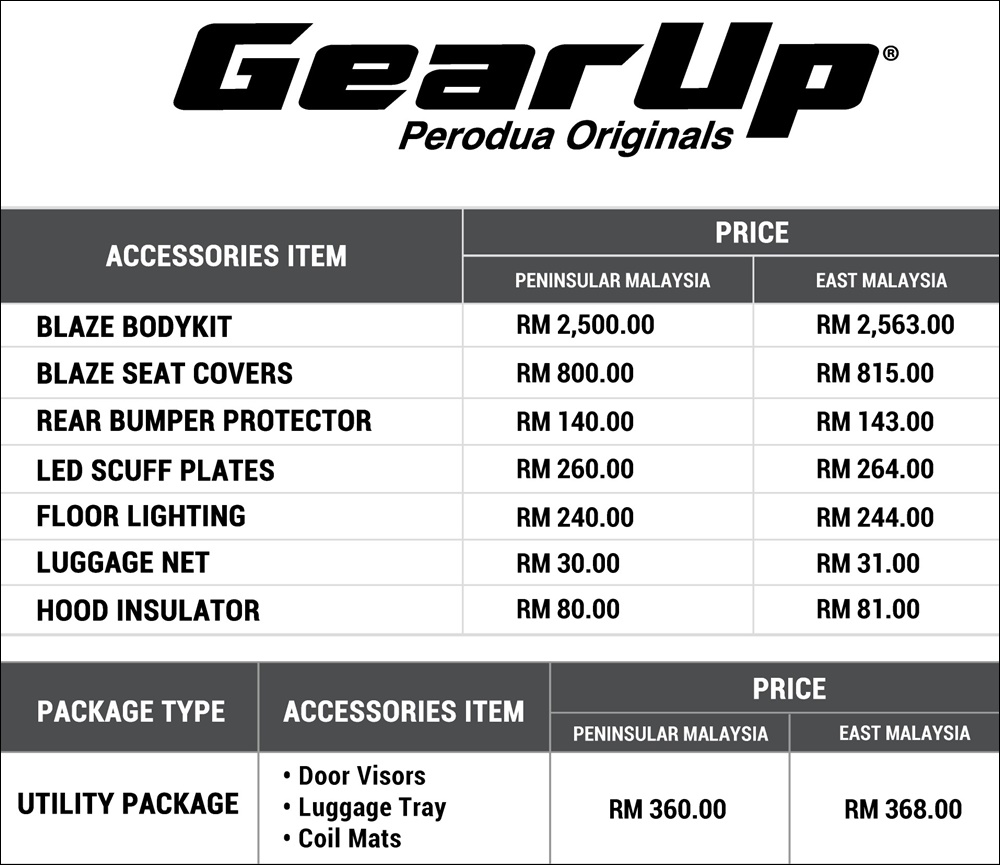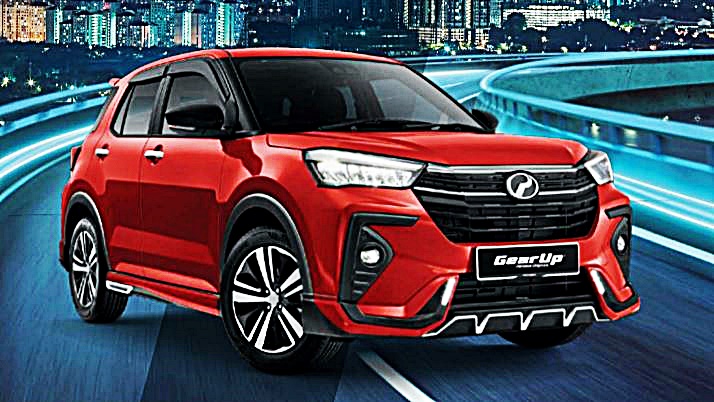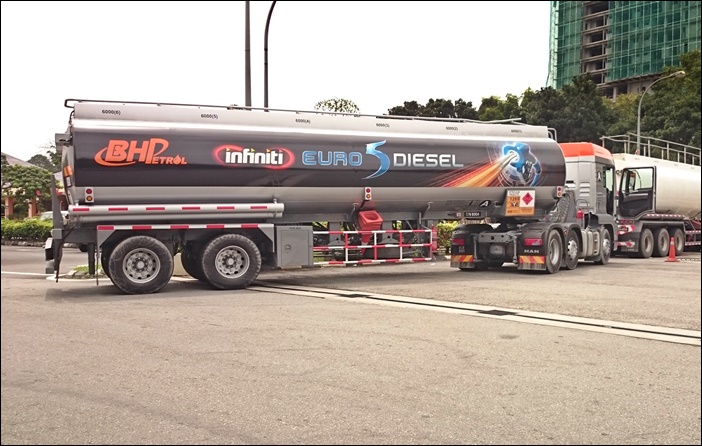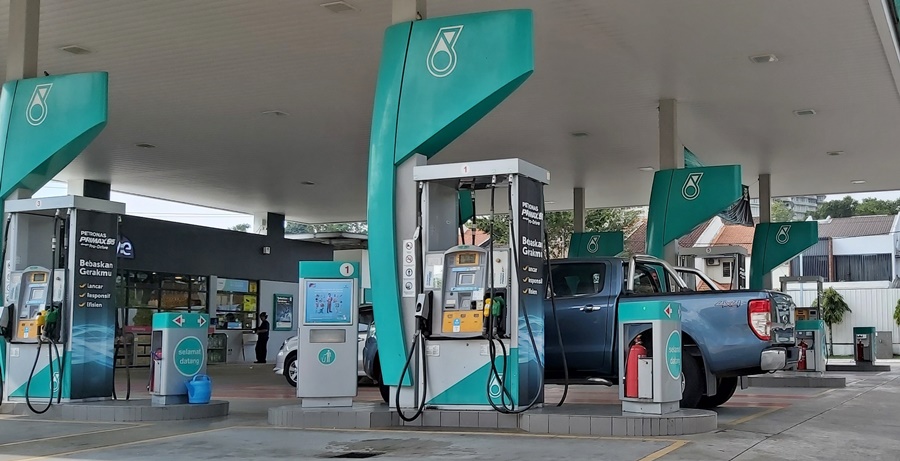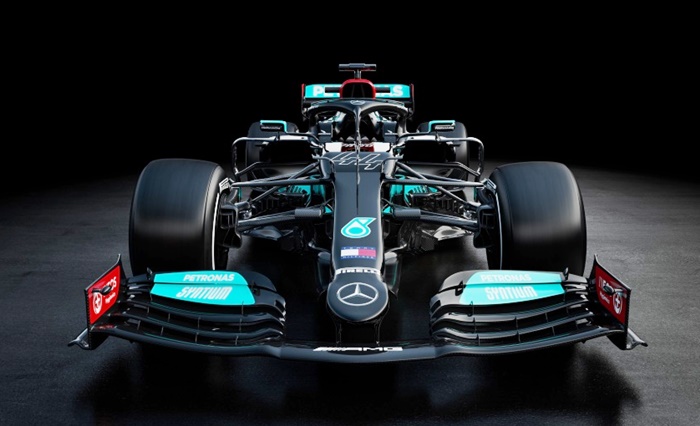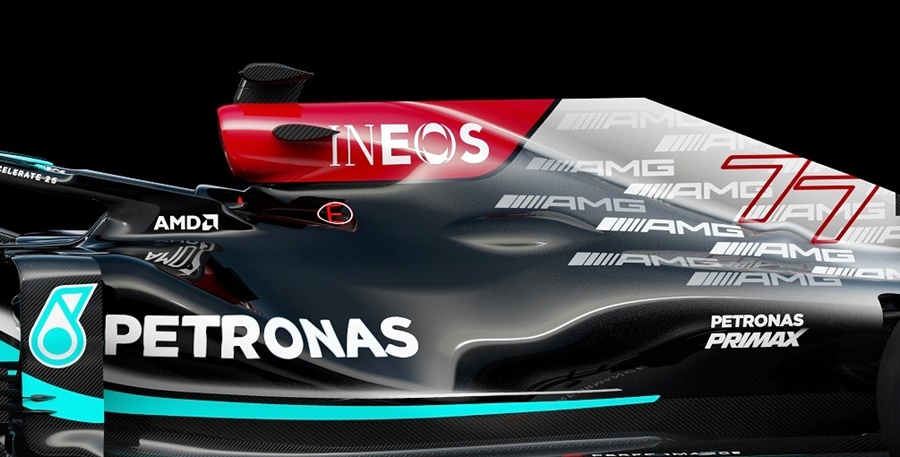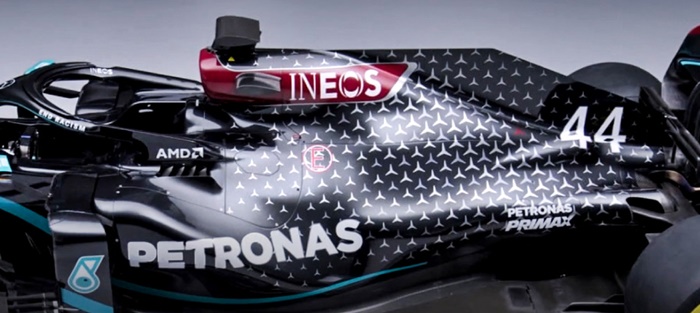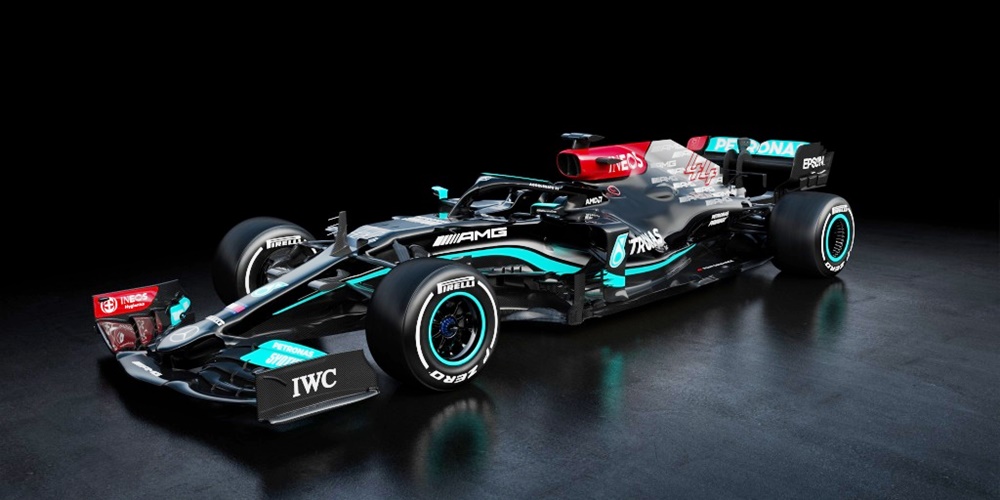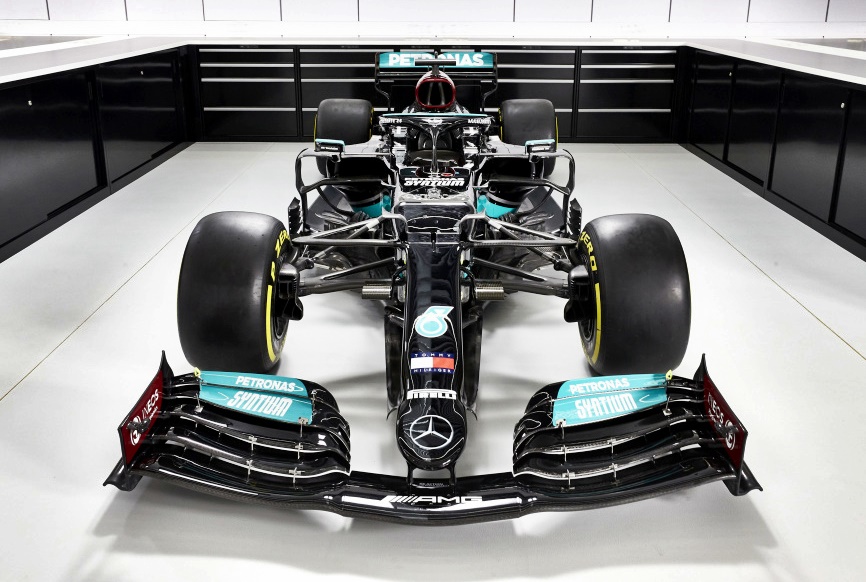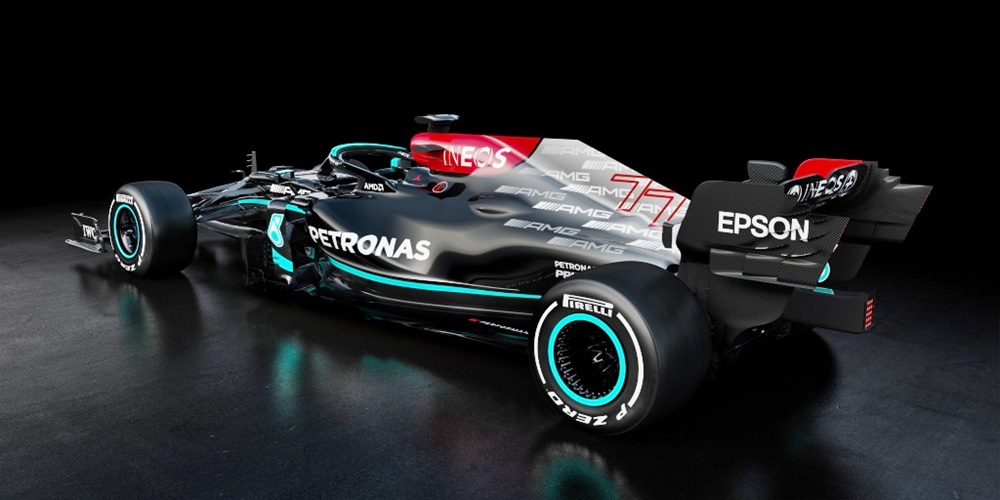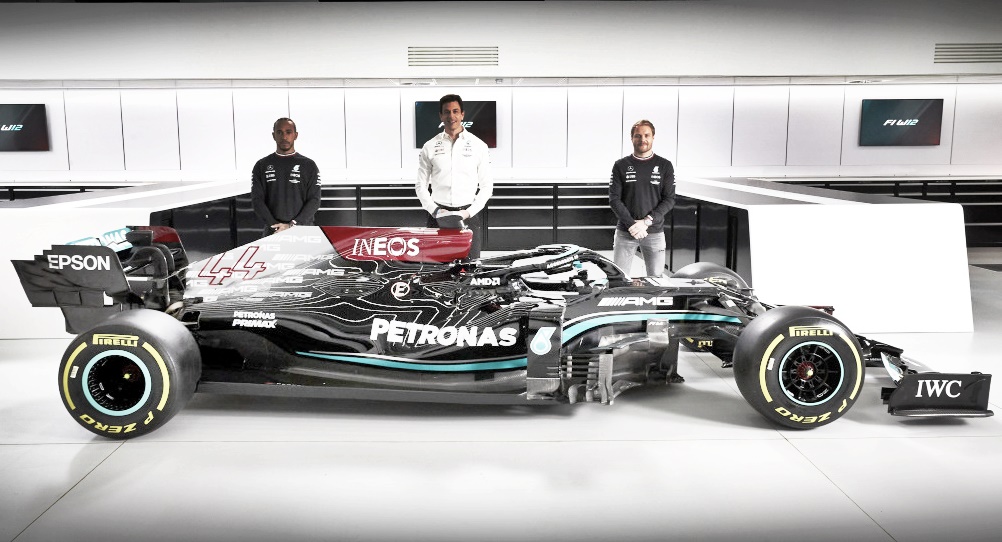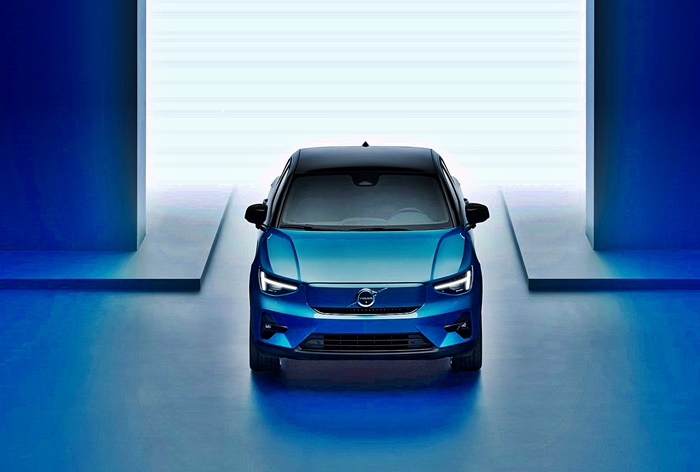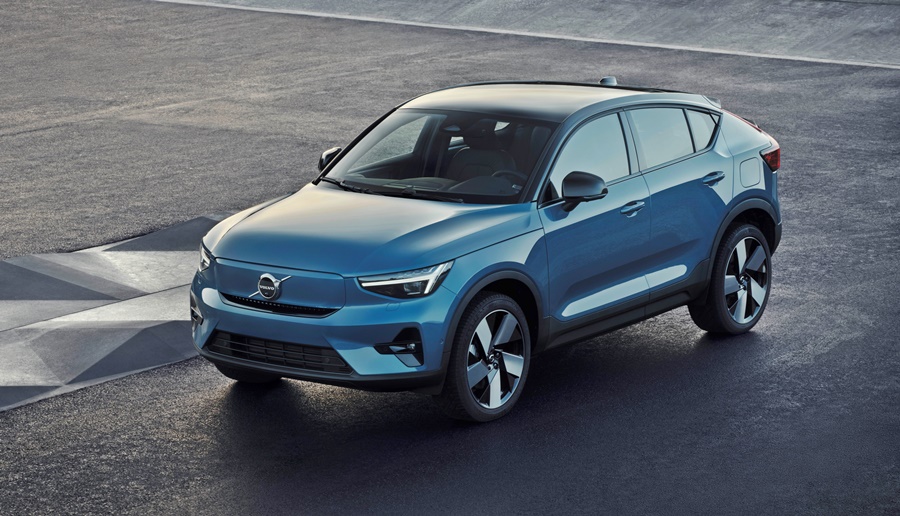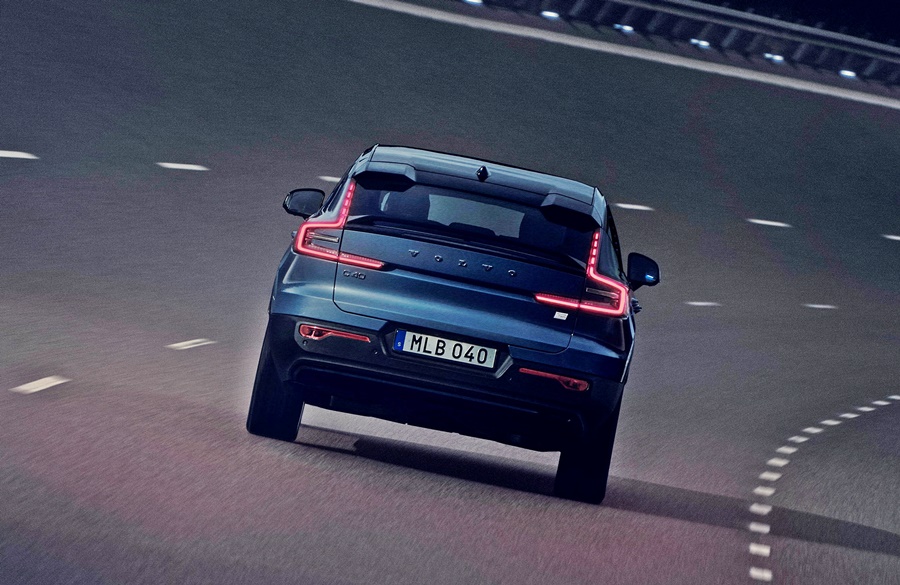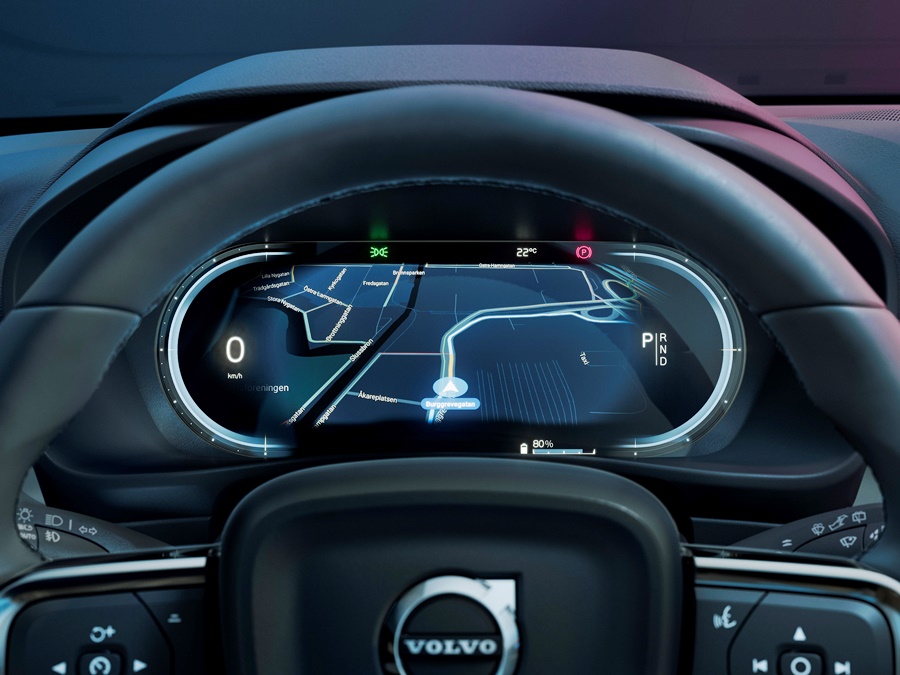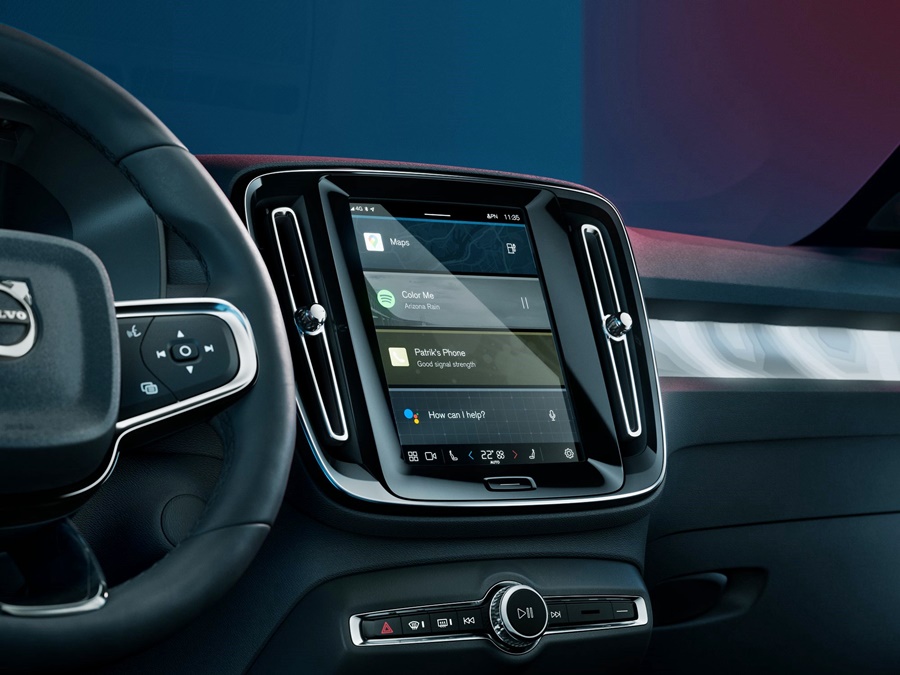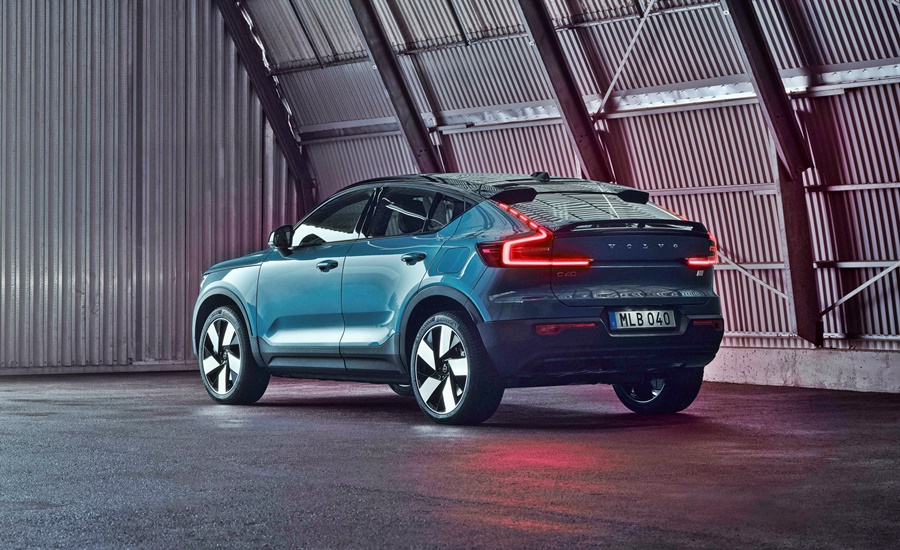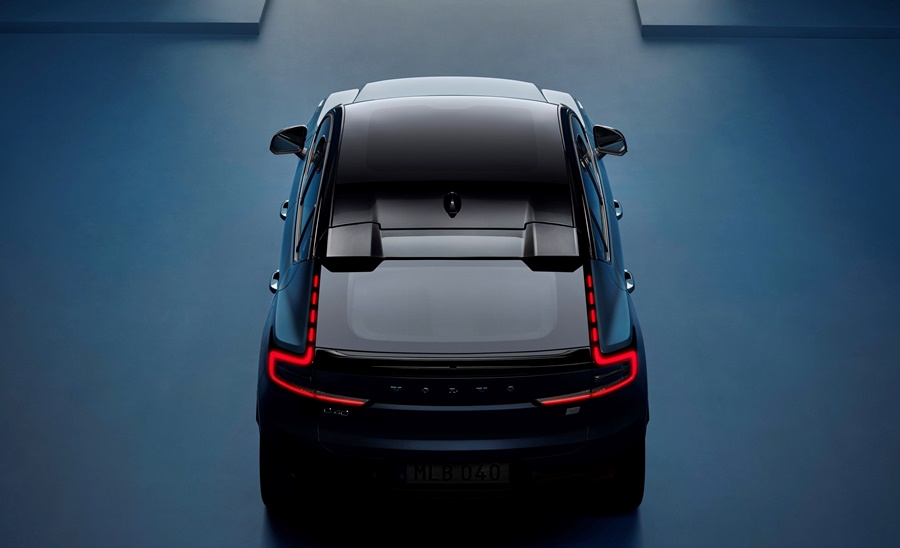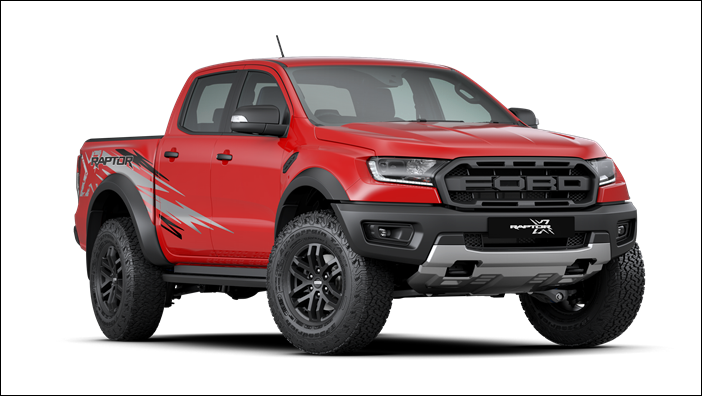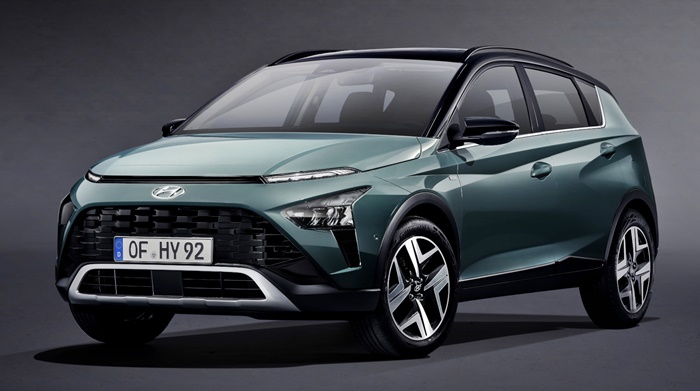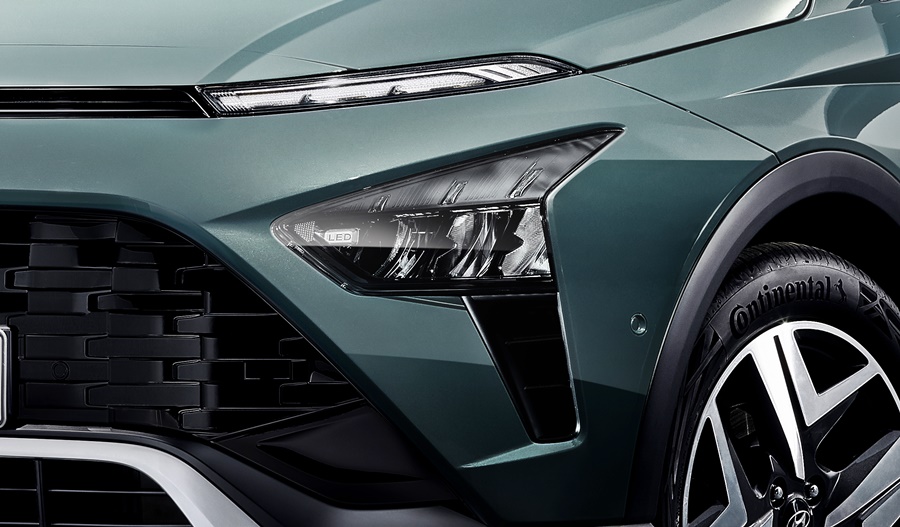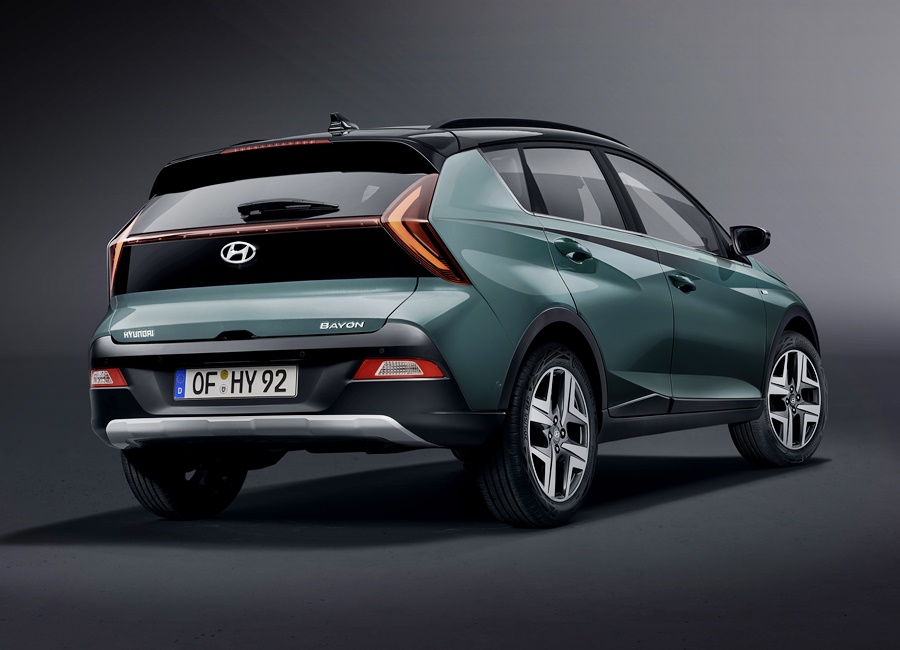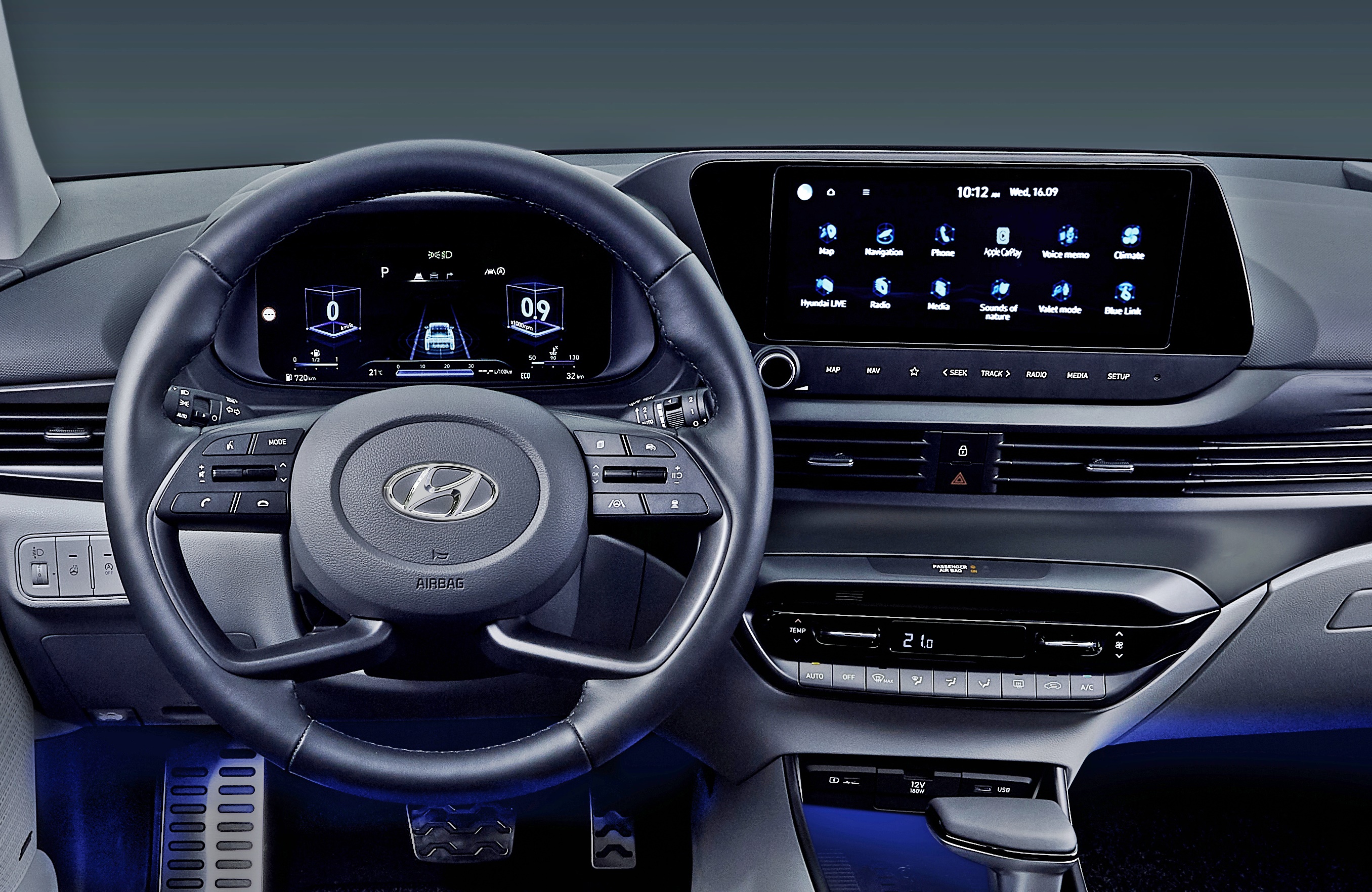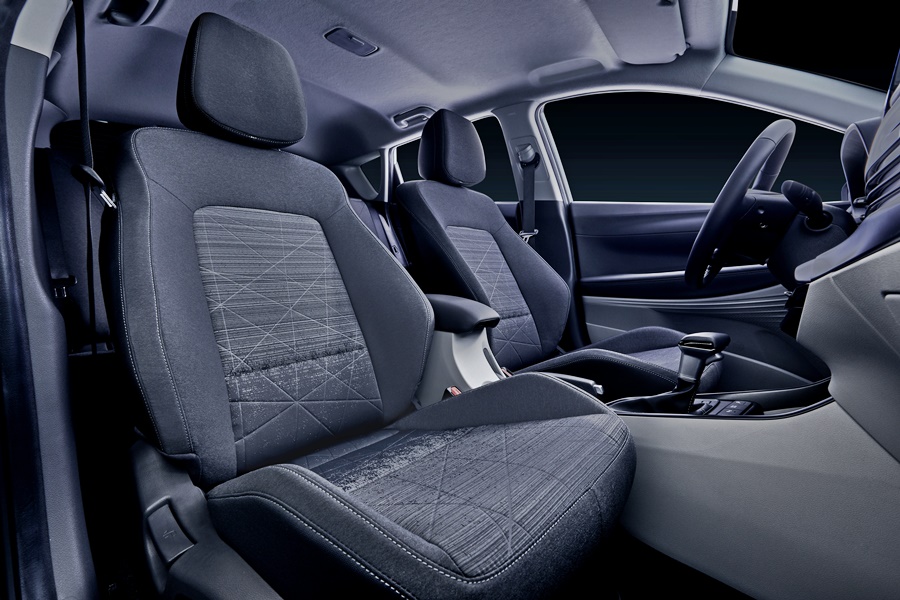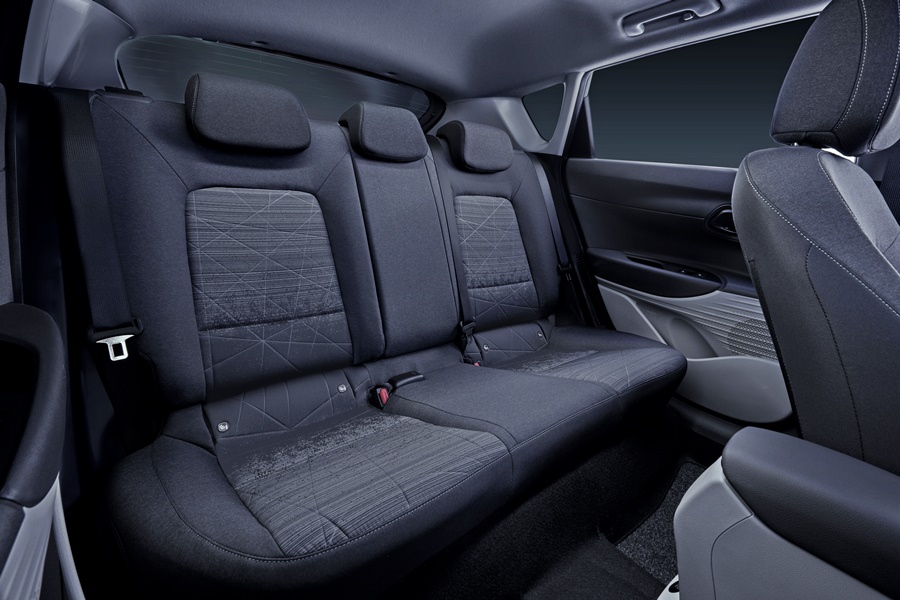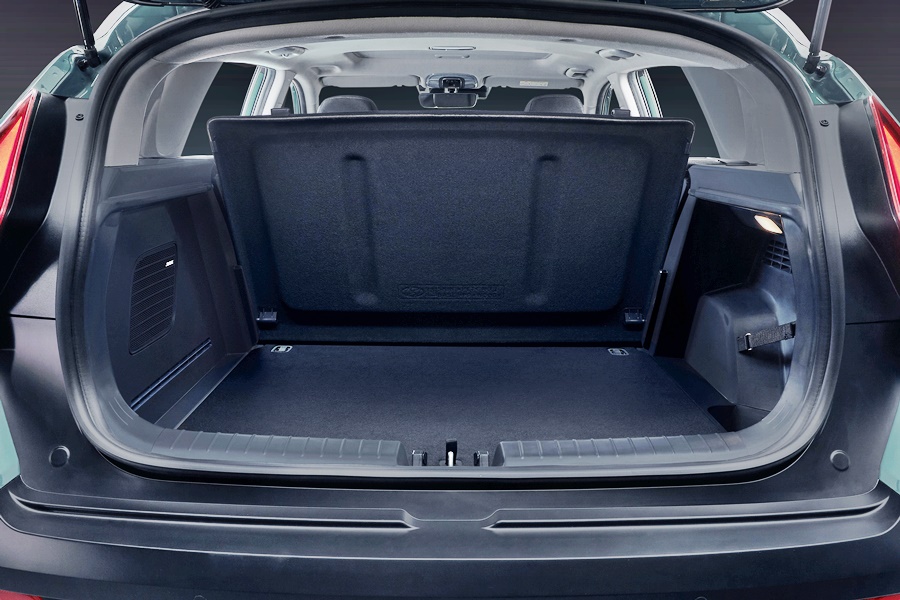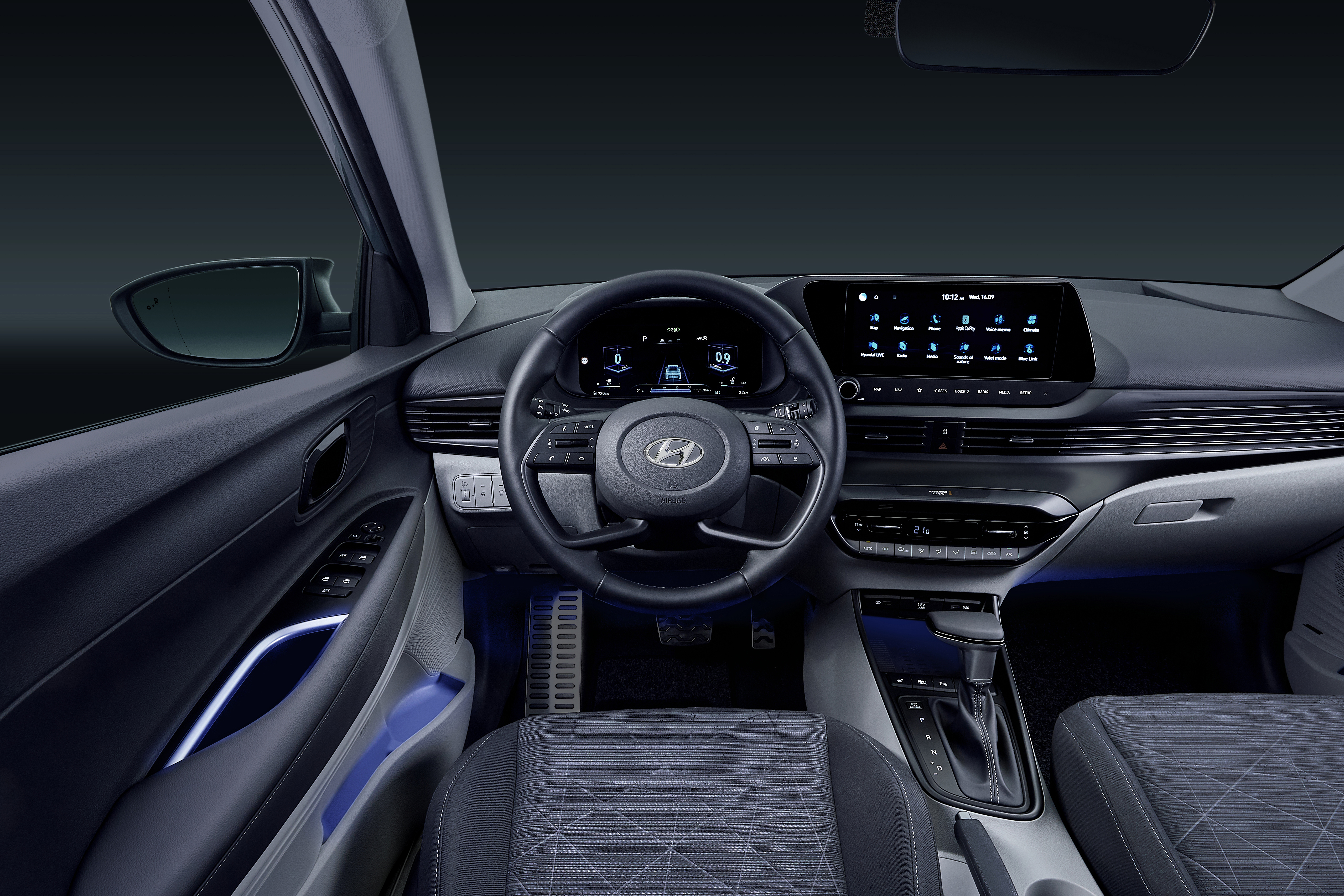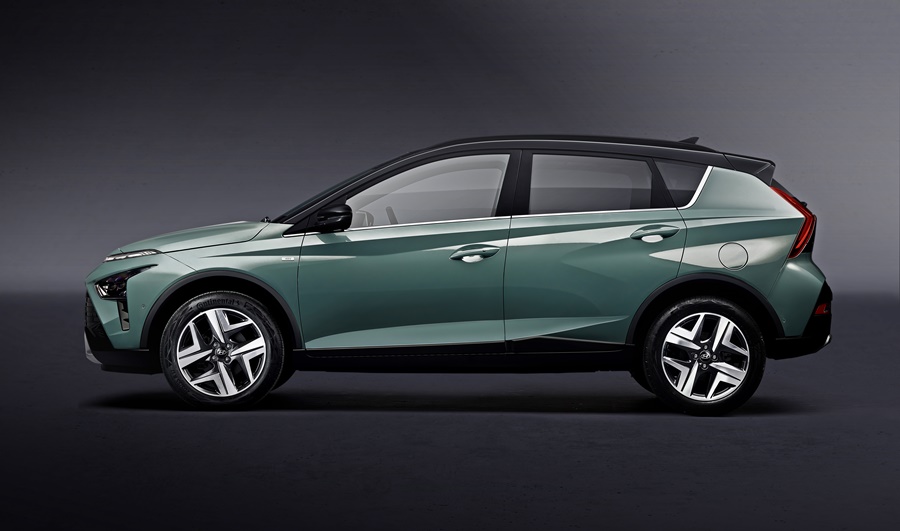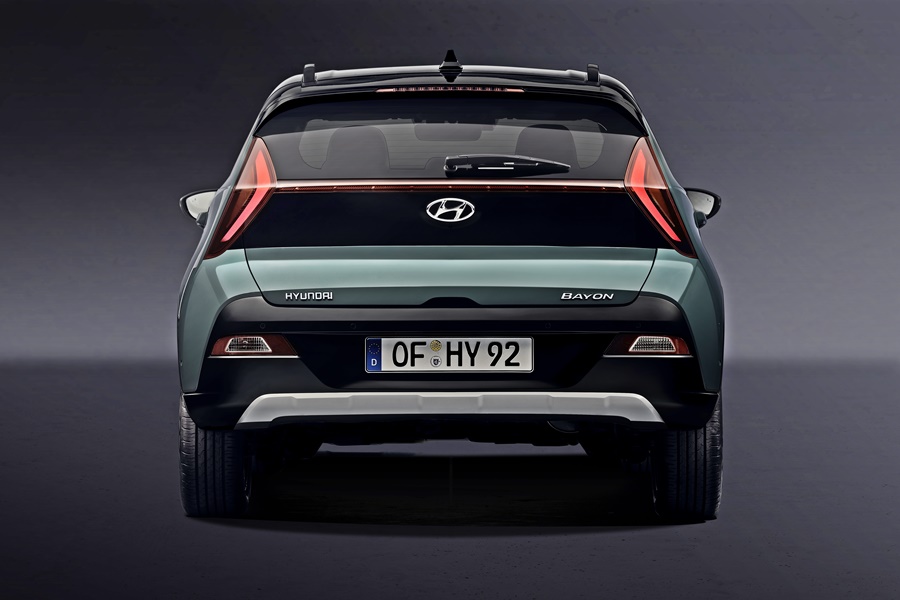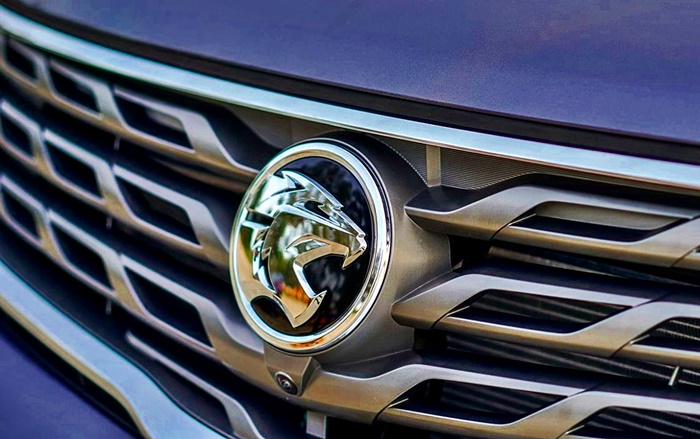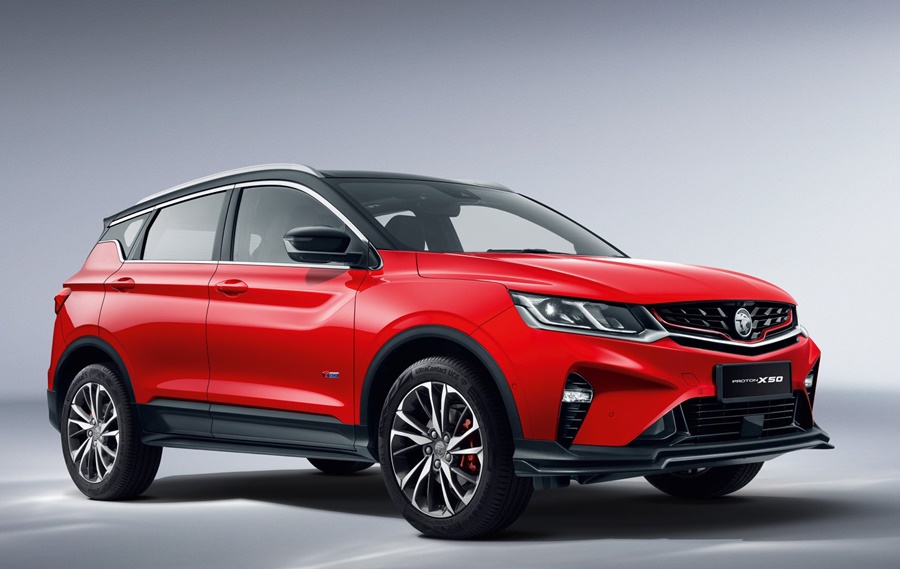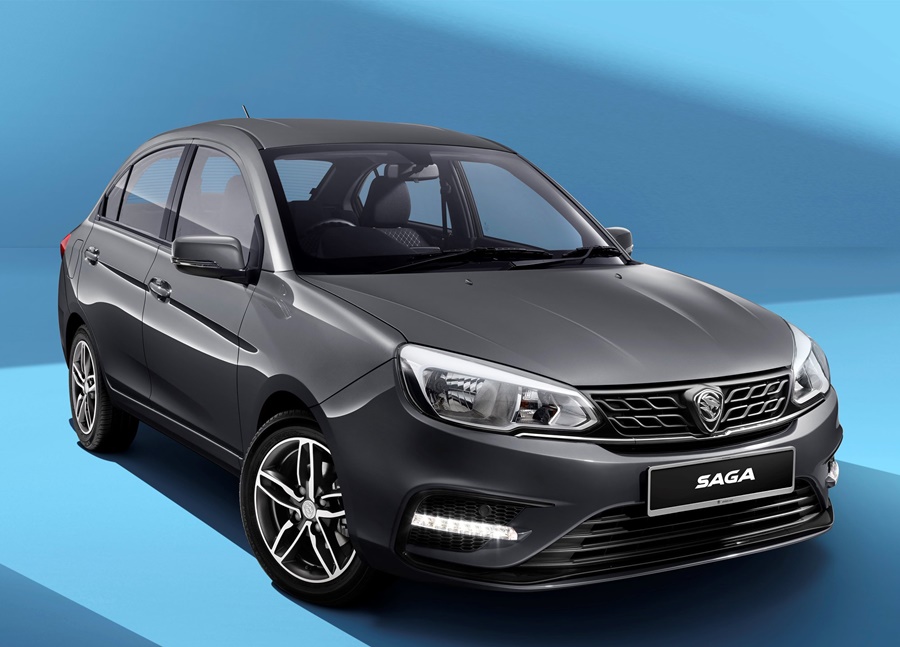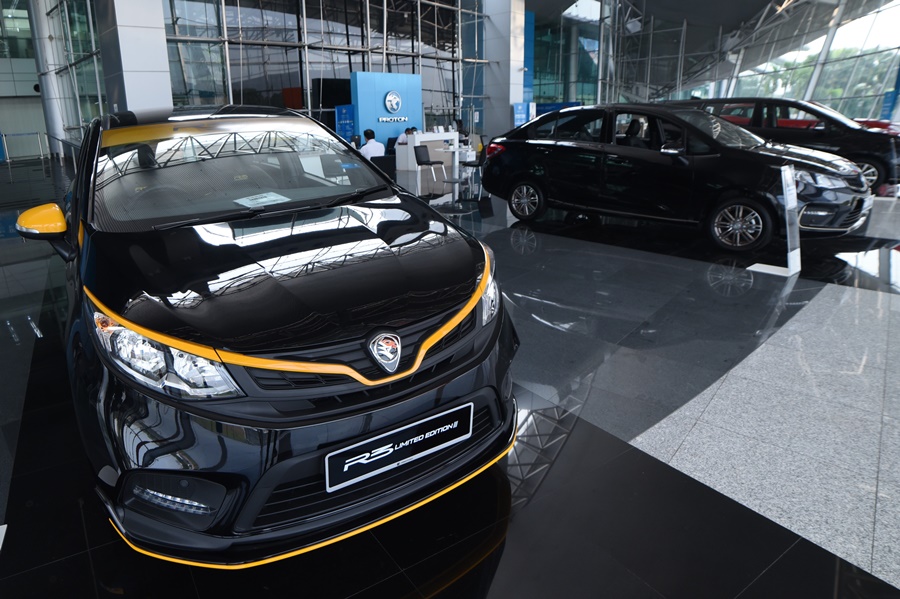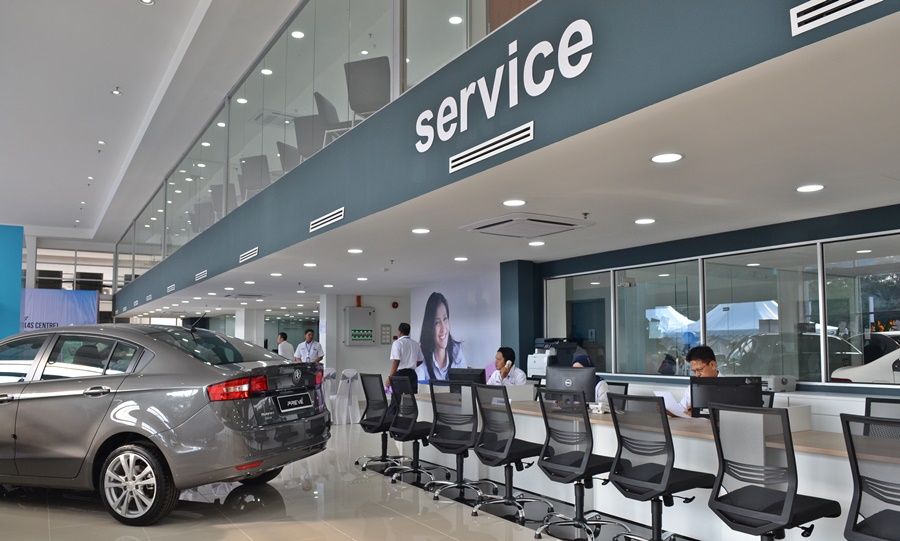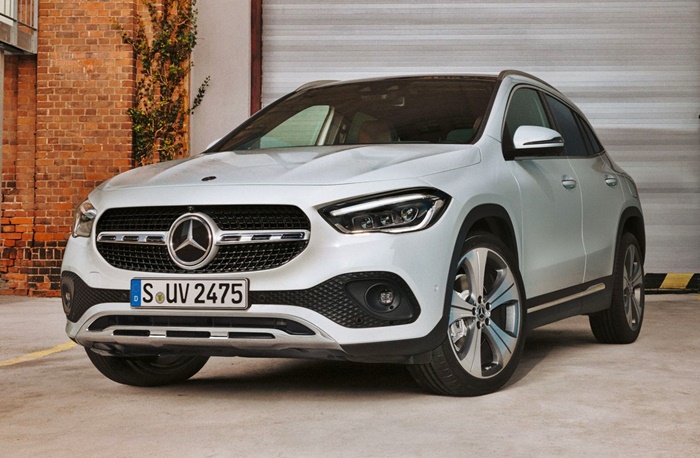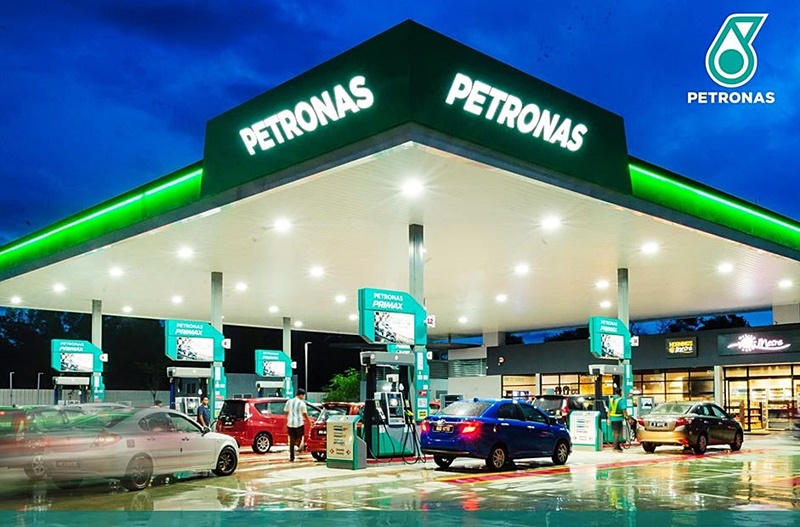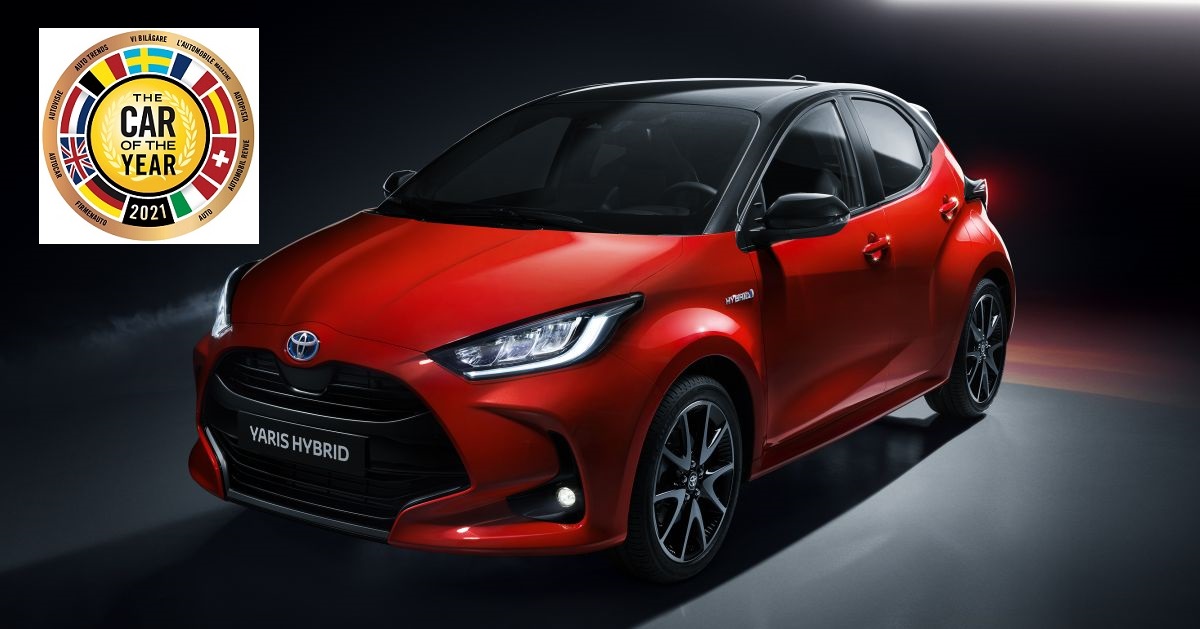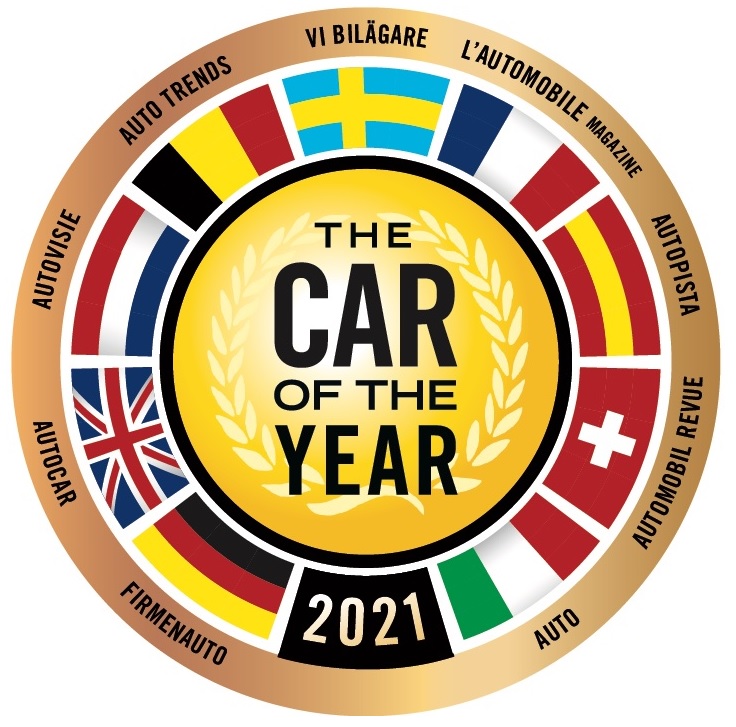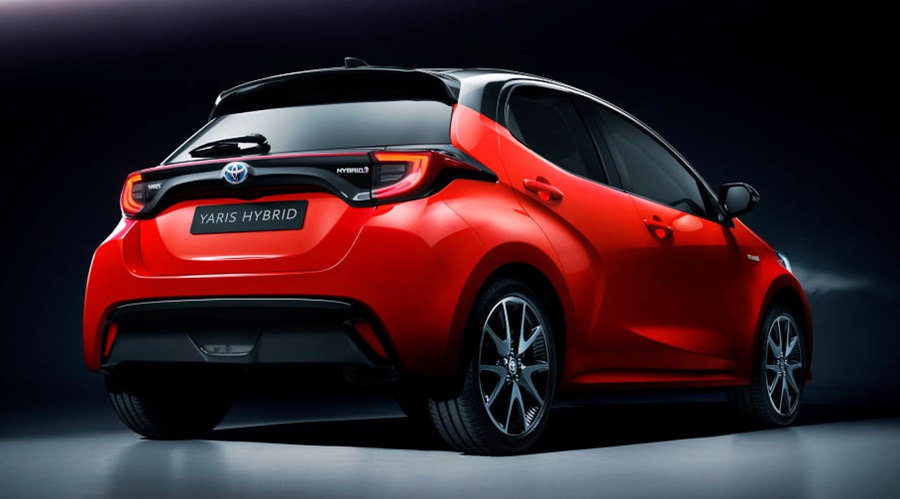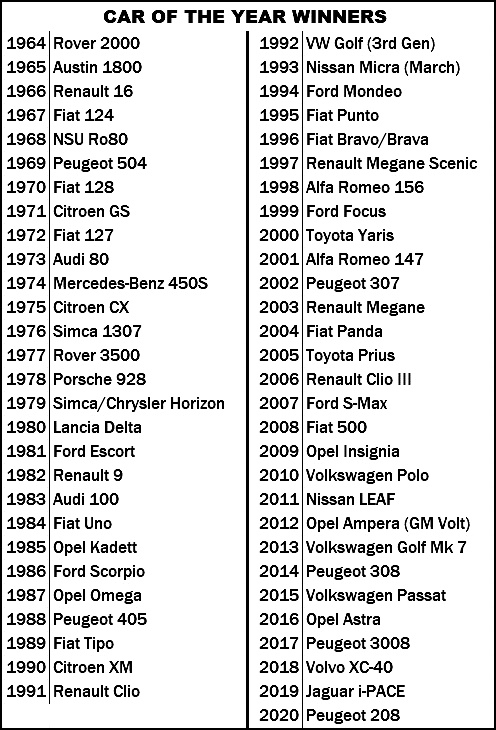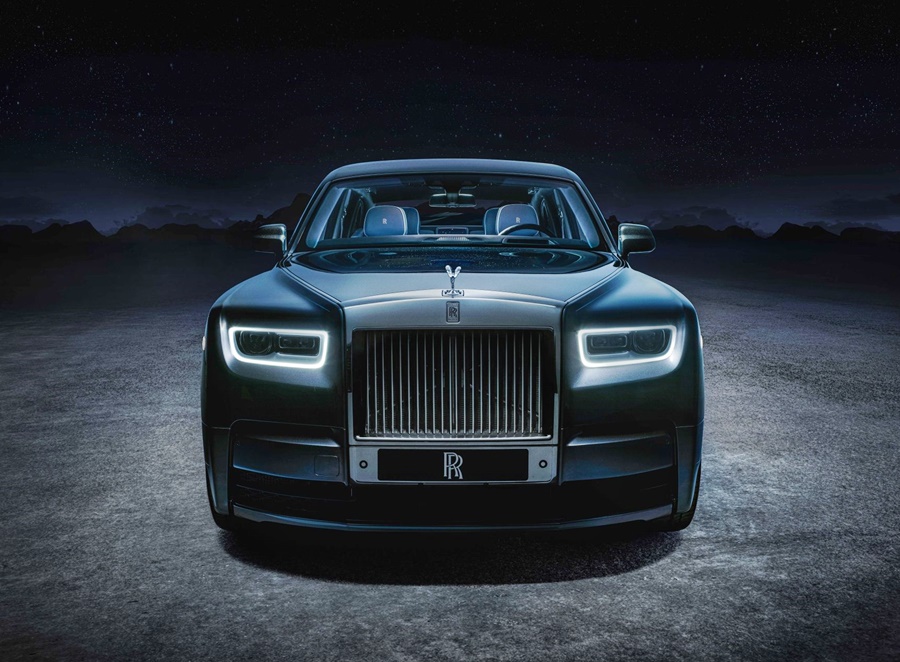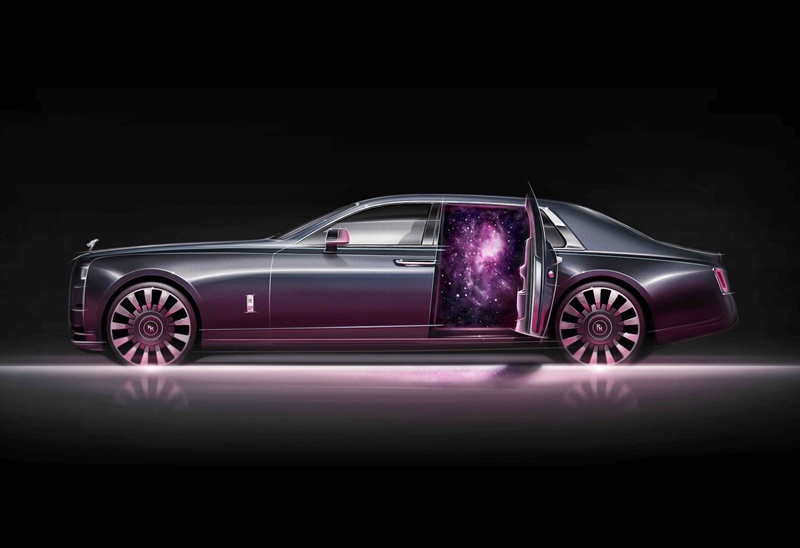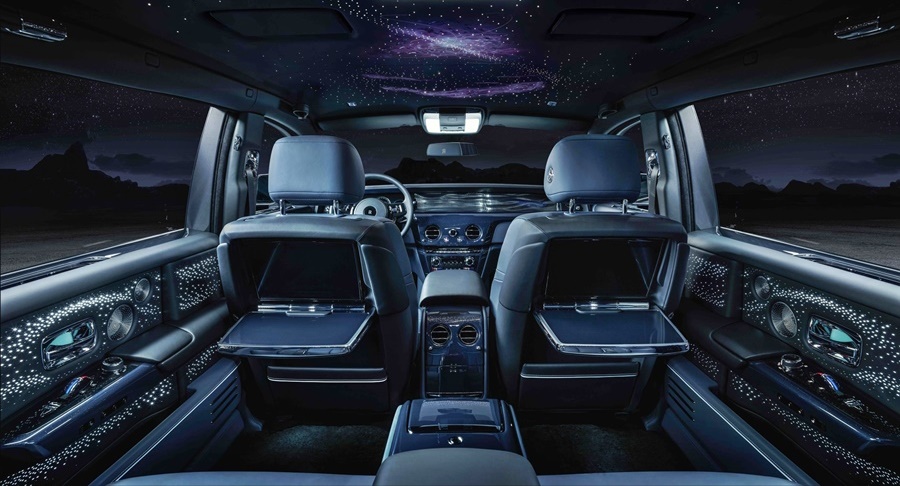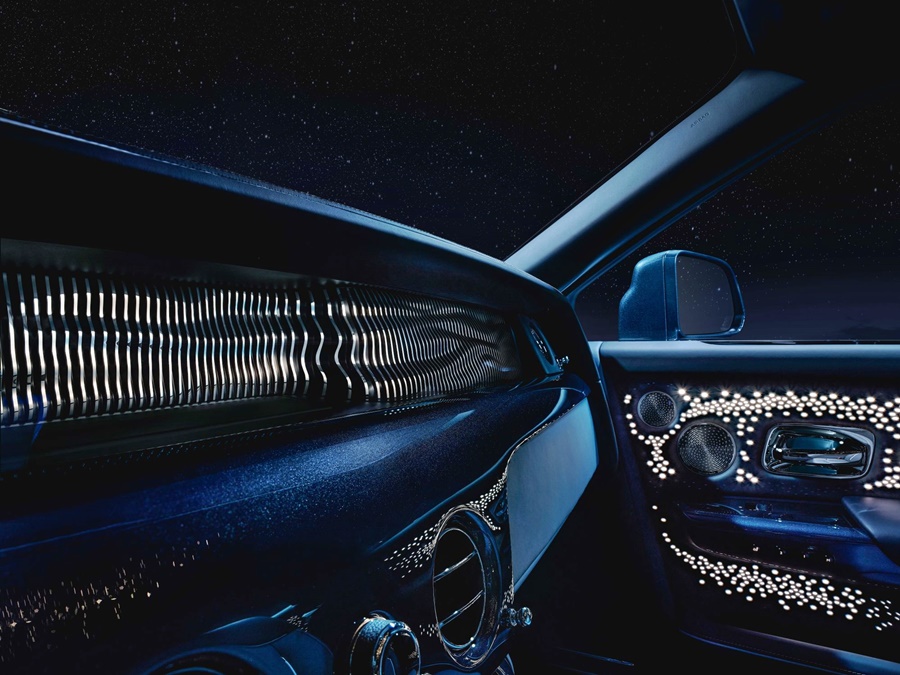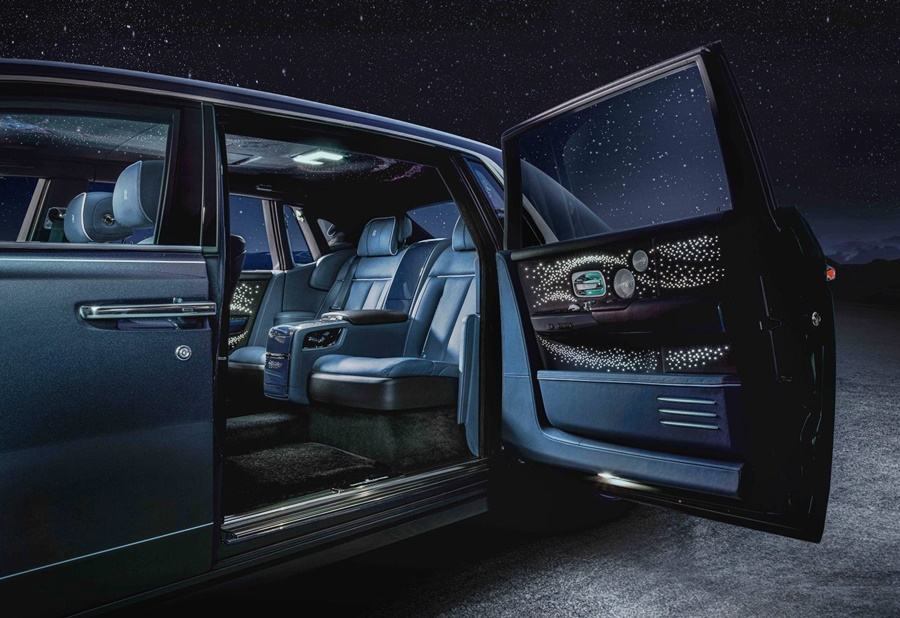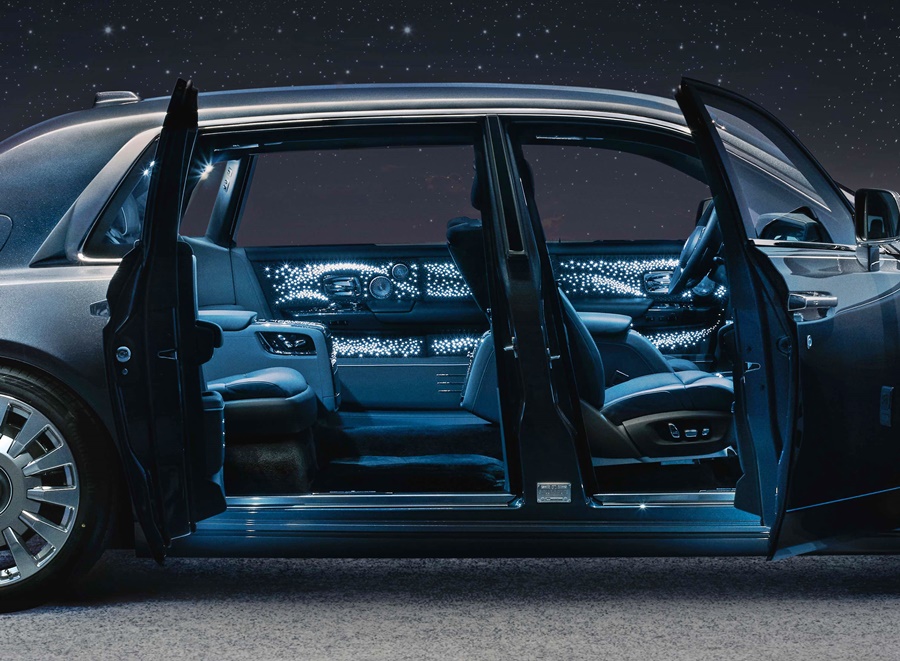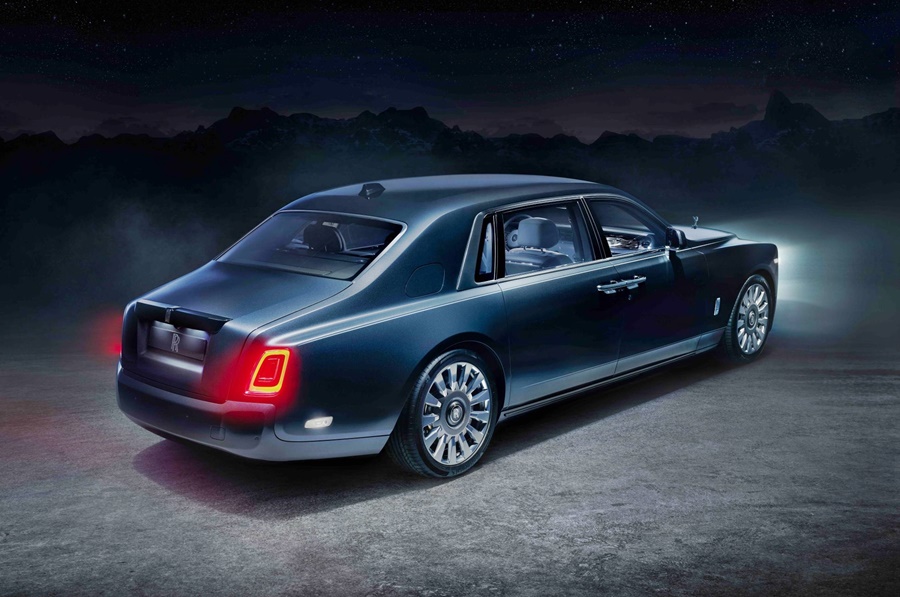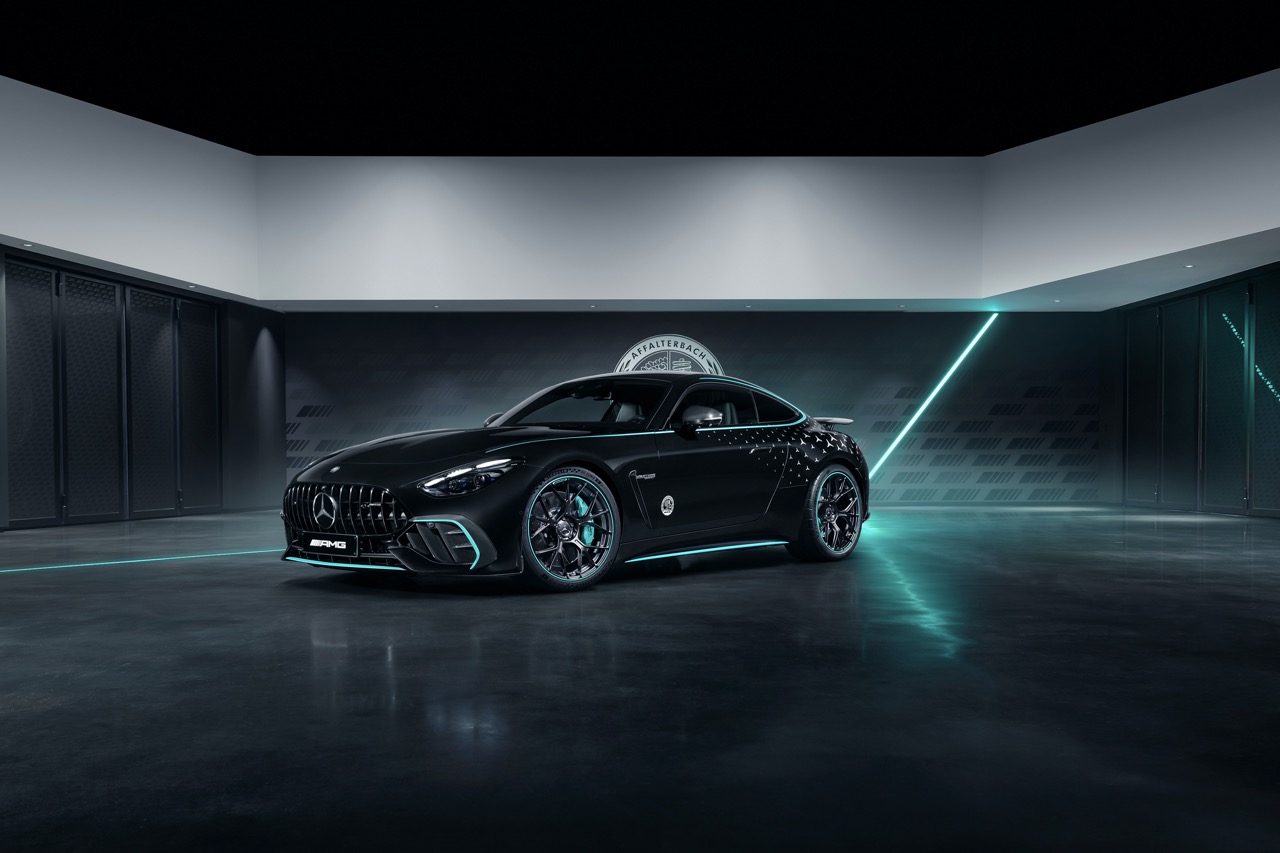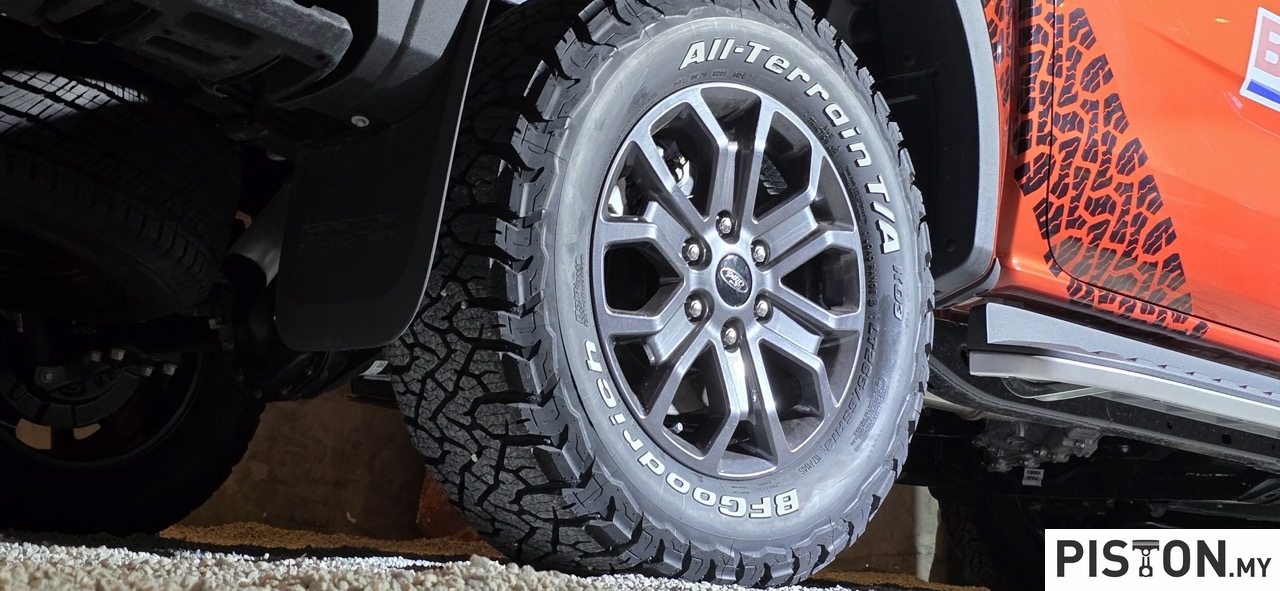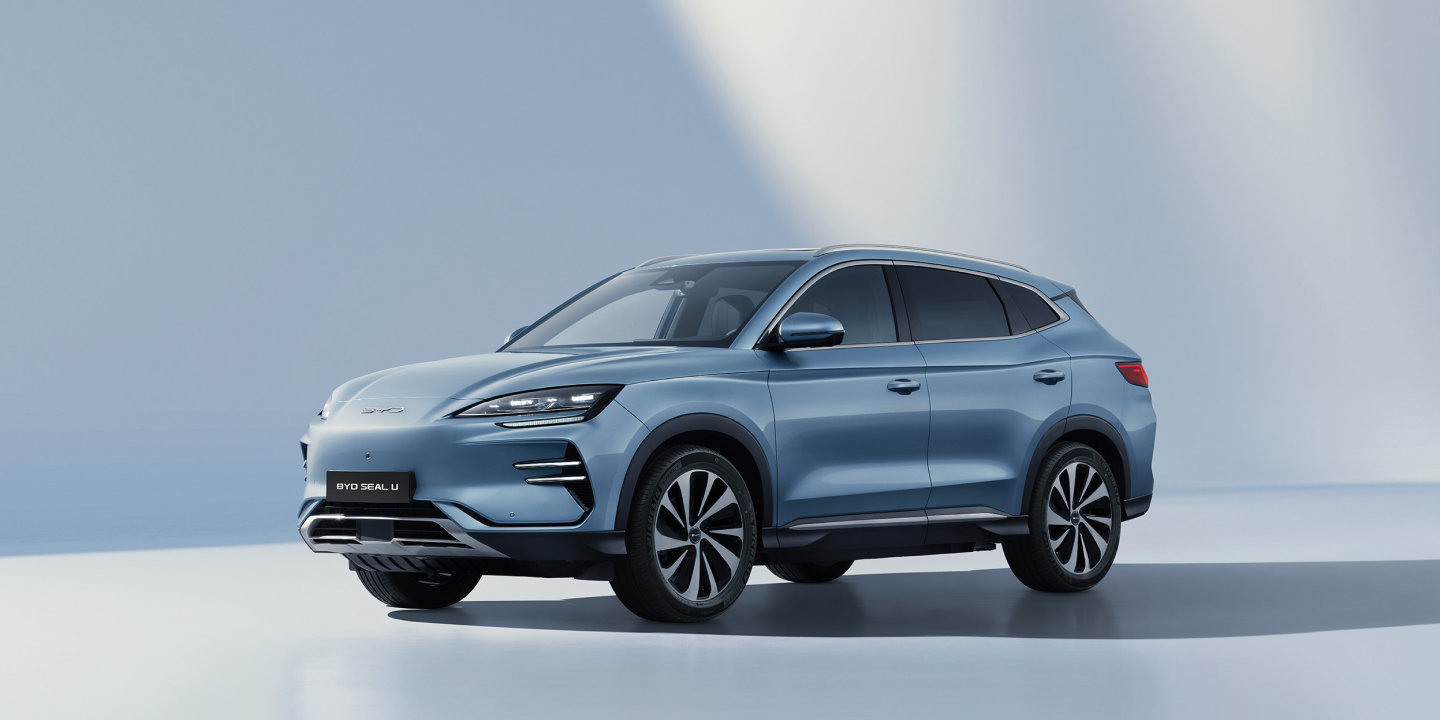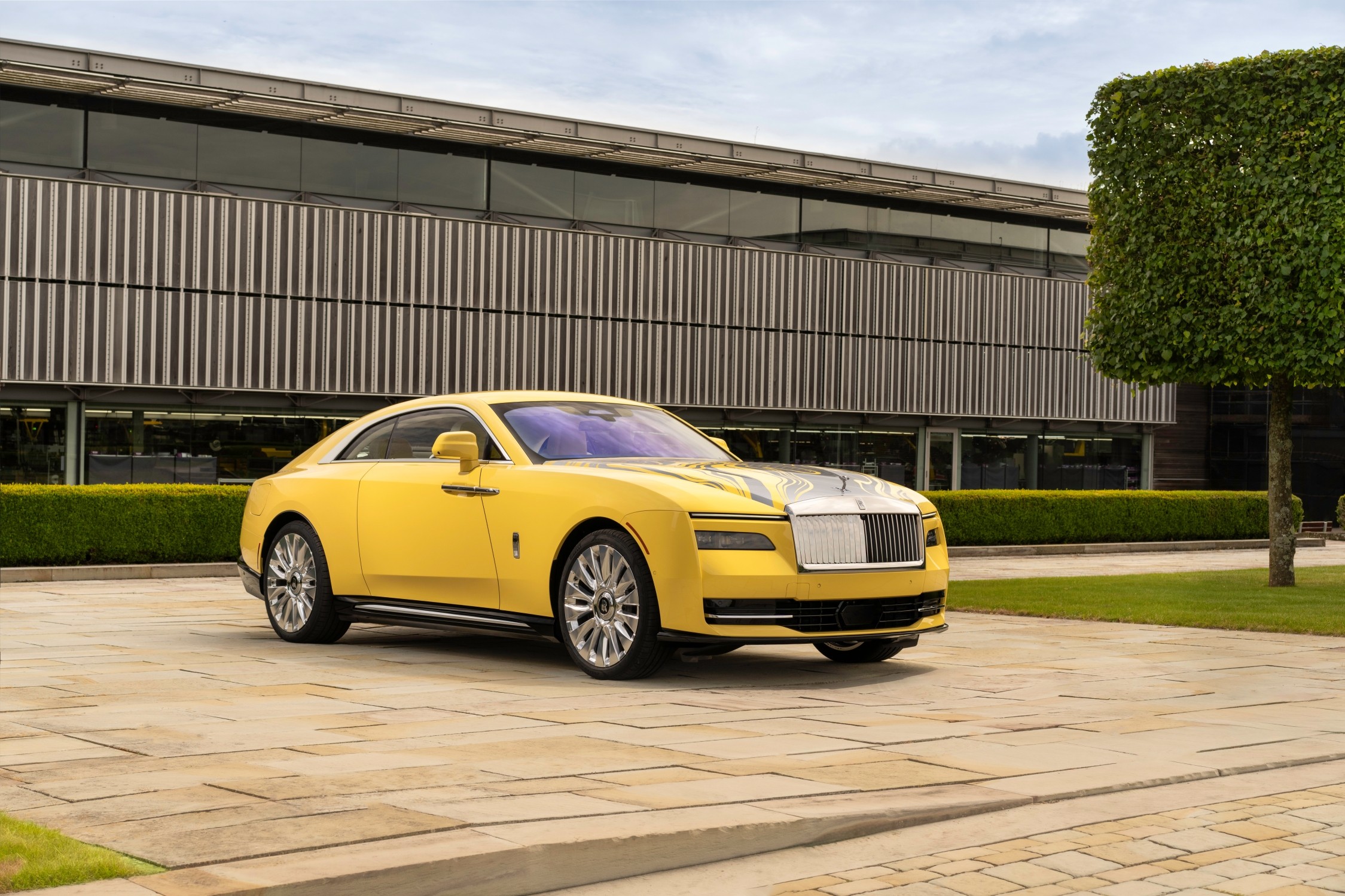
Perodua tonight launched the all-new Ativa compact SUV which can be regarded as the spiritual successor of the Kembara, its first SUV sold from the late 1990s till the mid-2000s. While the Ativa (taken from the Portuguese word for ‘active’) is adapted from a Daihatsu model, as the Kembara was, the involvement of Perodua in the development of this new model was far greater. In fact, a team of 54 Malaysian engineers went to Japan in 2018 to be part of the development team for the new model being developed by Daihatsu which would also be shared with Toyota.
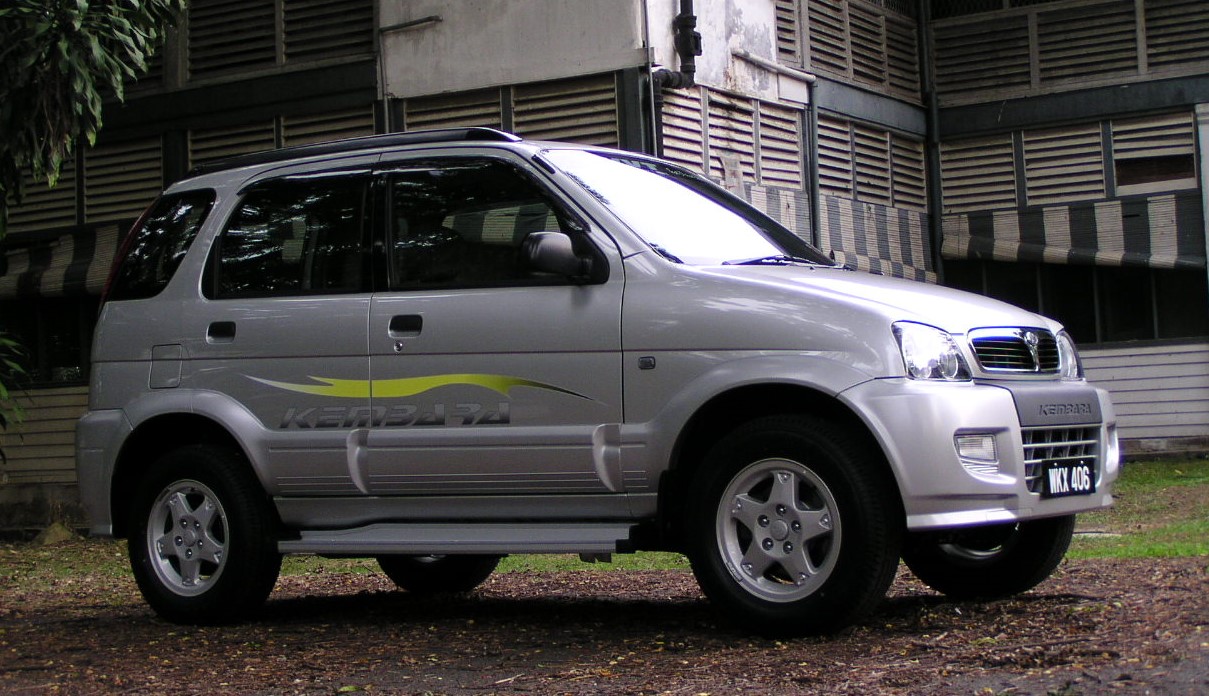
This is significant because it meant that the requirements of Malaysian customers would also be considered in the overall design, whereas for the Kembara before, the model was already completed and then Perodua only adapted it cosmetically. The Ativa is the result of the first truly smart partnership between Perodua and its technical and technology partner and shareholder, Daihatsu.
Another difference is that the Ativa has a higher level of localisation than the Kembara, which has helped bring costs down. In fact, at 95%, it has the highest local content rate for any Perodua model right at the time of launch.

“The Perodua Ativa’s competitive pricing was made possible by its 95% localisation rate. Even the engine and transmission are locally manufactured,” Perodua President & CEO, Dato’ Zainal Abidin Ahmad said, adding that it is also the first model under the Perodua Smart Build blueprint.
According to Dato’ Zainal, the Ativa brings Perodua’s collaboration with Daihatsu to a new level and allows Perodua and its suppliers to commonise components and processes for maximum cost efficiency. “This close collaboration allowed us to include the Malaysian automotive ecosystem in the development of this model, and the suppliers rose to the challenge and were able to reduce their costs,” he added.
As a result, Perodua has been able to push the prices down a bit more and the actual retail prices are lower than the estimated range of RM62,500 to RM73,400 announced earlier. The three variants will be priced between RM61,500 to RM72,000 (excluding insurance premiums in Peninsular Malaysia, with full exemption of sales tax until June 30, 2021).
“We have so far received some 5,000 bookings for the Perodua Ativa since we began collecting orders on February 19. We thank the public very much for their support. Deliveries will begin tomorrow (March 4), and we aim to deliver an average of 3,000 units a month,” said Dato’ Zainal.
HIGHLIGHTS OF THE NEW PERODUA ATIVA
First turbocharged model
The Ativa’s powertrain has a number of firsts for the brand. One is the 1-litre 3-cylinder engine (1KR-VE) has turbocharging and direct fuel injection, delivering a maximum output of 98 ps/140 Nm, with strong torque coming in at the lower range. Considering that the kerb weight is 1,035 kgs, thanks to weight-saving measures, the performance should be zippy even with a full load.
The Ativa is also the first model to use a Continuously Variable Transmission (D-CVT) which has 7 ‘virtual speeds’ (manual transmission is not available). With the efficient engine and CVT, the claimed fuel consumption is 18.9 kms/litre, which qualifies the model as an Energy Efficient Vehicle (EEV) in Malaysia.
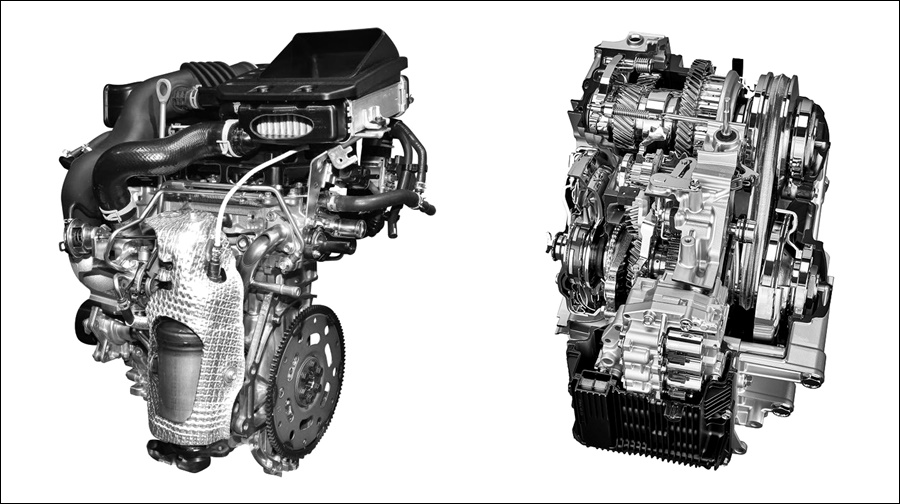
DNGA Platform
The Ativa shares the same platform used for the Daihatsu Rocky and Toyota Raize, the models from the same joint development program that Perodua participated in. This platform is referred to as DNGA or Daihatsu New Global Architecture (DNGA) that encompasses not just the platform but also many other structural aspects of the vehicle. It is a highly rigid platform for enhanced handling, stability and comfort. With DNGA, the structure is optimized and high tensile steel is used in many areas to save weight without losing strength.
Dimensions of the Ativa
The Ativa has compact dimensions that position it below the Aruz. Its overall length is 4065 mm while the overall width is 1710 mm and it stands 1635 mm tall. The wheelbase is 2525 mm and unlike the Aruz, there are only two rows of seats in the cabin. There are two storage modes for the cargo area which give 303 or 369 litres of space and as with most SUVs, the rear backrests can be folded down individually to expand the floor length for longer items.
Advanced safety features
Since the 3rd generation of the Myvi, Perodua has been introducing progressively more advanced safety systems in its models. Many of these are integrated as the Advanced Safety Assist (ASA) system which helps the driver avoid accidents. For the Ativa, the system has reached the third generation which works at higher speeds (up to 120 km/h for vehicles, up to 60 km/h for pedestrians), and can now detect 2-wheeled vehicles as well as function at night.
ASA 3.0 consists of Pre-Collision Warning and Automatic Braking, Front Departure Alert, and Pedal Misoperation Control. ASA uses a camera at the top of the windscreen to monitor the road ahead and assess conditions. In the event of a collision, the driver will first be warned and if no action is taken to reduced speed or brake, the brakes will activate automatically. This would certainly avoid an expensive repair job or even if the collision cannot be avoided (due to the road surface conditions), the pro-active braking would have reduced the speed and effects of the impact.
Front Departure Alert will remind the driver that the car in front has moved off, while the Pedal Misoperation Control can prevent the car from accidentally being driven into a wall due to pressing on the accelerator pedal inadvertently (it does happen). Additionally, complementing ASA are Lane Departure Warning and Prevention.
The top AV variant gets additional systems which give semi-autonomous (Level 2) capabilities to the Ativa while driving. These are Adaptive Cruise Control, Lane Keep Control and Blind Spot Warning. You would have heard of these systems which are found in cars costing more than the Ativa, and it’s impressive that Perodua can offer them as well – even if in the most expensive variant only.
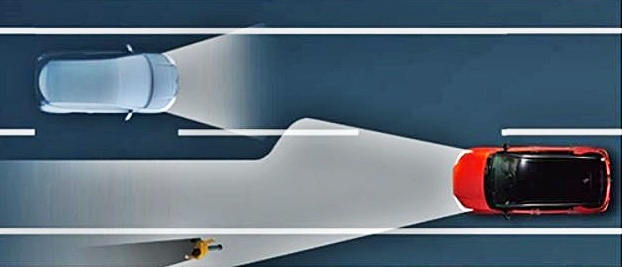
Even more amazing is the standard provision of an Adaptive Driving Beam (ADB) system for the upper two variants. ADB allows better illumination of the road ahead but can also selectively dim certain areas where there are oncoming cars so as not to dazzle the drivers. It’s intelligent technology and even cars a few price classes higher do not have such technology.
For the lowest-priced variant, there is still the convenience of an Auto High Beam which means that the driver does not have to keep switching between high and low beams. Whenever the headlights of a vehicle are detected, the high beams will automatically be switched to low beams, reverting when there is no longer a vehicle approaching. Imagine if all companies in Malaysia were like Perodua and provided this as standard, night driving would be less tiring without the glare of strong headlights.
Incidentally, all variants have LED headlights which usually have a longer service life. They are also equipped with a follow-me-home function that keeps them on for a while after the car is locked. This provides illumination of the ground ahead for peace of mind.
The top two variants also get a reverse camera but the Ativa AV gets Rear Cross Traffic Alert (RCTA) as well. Again, this is a feature that has yet to be found in models of this price class. RCTA uses the rear sensors to monitor the situation on either side as the vehicle is reversing out of a parking bay. The driver might not be able to see due to adjacent cars blocking the view, but if the sensors pick up approaching vehicles, an alert will be sounded so that an accident can be avoided.
Besides the A.S.A. and active safety systems, the Ativa also comes with a very comprehensive list of other safety items – standard for all variants. These include 6 airbags (4 at the sides), Vehicle Stability Control, ABS, Electronic Brakeforce Distribution, Brake Assist and Hillhold Assist. ISOFIX points are, of course, provided since parents must now have put small children in childseats. ISOFIX-compatible childseats are convenient to install and stay securely in place.
Infotainment and connectivity
These days, every model has to have a capable infotainment system with good connectivity to provide the driver with more useful features as well as connect to smartphones. The top two variants come with a 9-inch LCD touchscreen with a bright and spacious display. There is also Smart Link (for Android devices) and Voice Recognition that allows active voice commands for certain functions.
Storage and convenience features
The interior designers have made sure that everyone in the cabin has spaces to keep their stuff and there are also USB ports that can provide power to recharge devices. Some clever ideas for storage spaces – a slot by the side of the gearlever housing, and slide-out cupholders in front of the vents on either side of the dashboard (good for keeping drinks cool!).
All variants have Smart Entry and Start/Stop System which does not require using a key or even pressing on the remote (but it has to be in the pocket or handbag). The doors can be unlocked by touching an electrostatic button on the door handle, and the engine can be started or stopped with the press of a button.
Instrumentation
While the Ativa X comes with a conventional instrument panel, the Ativa H and AV have a customisable display to change how the information is presented to the driver. The speed is always shown as a digital display while the fuel level is a bar graph. However, the tachometer can be configured in one of four graphic styles. Additionally, there is also a Reminder Display which will flash reminders on special days.
GearUp accessories
As with every Perodua model currently on sale, there is also a range of specially developed accessories to go with the adventurous looks. The items include a bodykit, front and rear seat upholstery, luggage tray, bumper protectors, luggage net, high quality coil mats and even an insulation kit for the bonnet. Prices range from RM80 to RM2,500 (in Peninsular Malaysia).

There are also many other general accessories, all of which have been evaluated by Perodua so you can be sure they are of high quality, Furthermore, for the GearUp accessories that have to be installed, these are by Perodua’s own installers so the job will be professionally done. And the cost of all the extras can be included in the total loan for the vehicle if you specify them at the time of the purchase. That means the extra cost is also repaid over a number of years… something which no accessory shop would be give you.
To locate a showroom to view, test-drive or buy the new Perodua Ativa, visit www.perodua.com.my.
‘Perodua Smart Build’ launched as carmaker’s first sustainable blueprint





